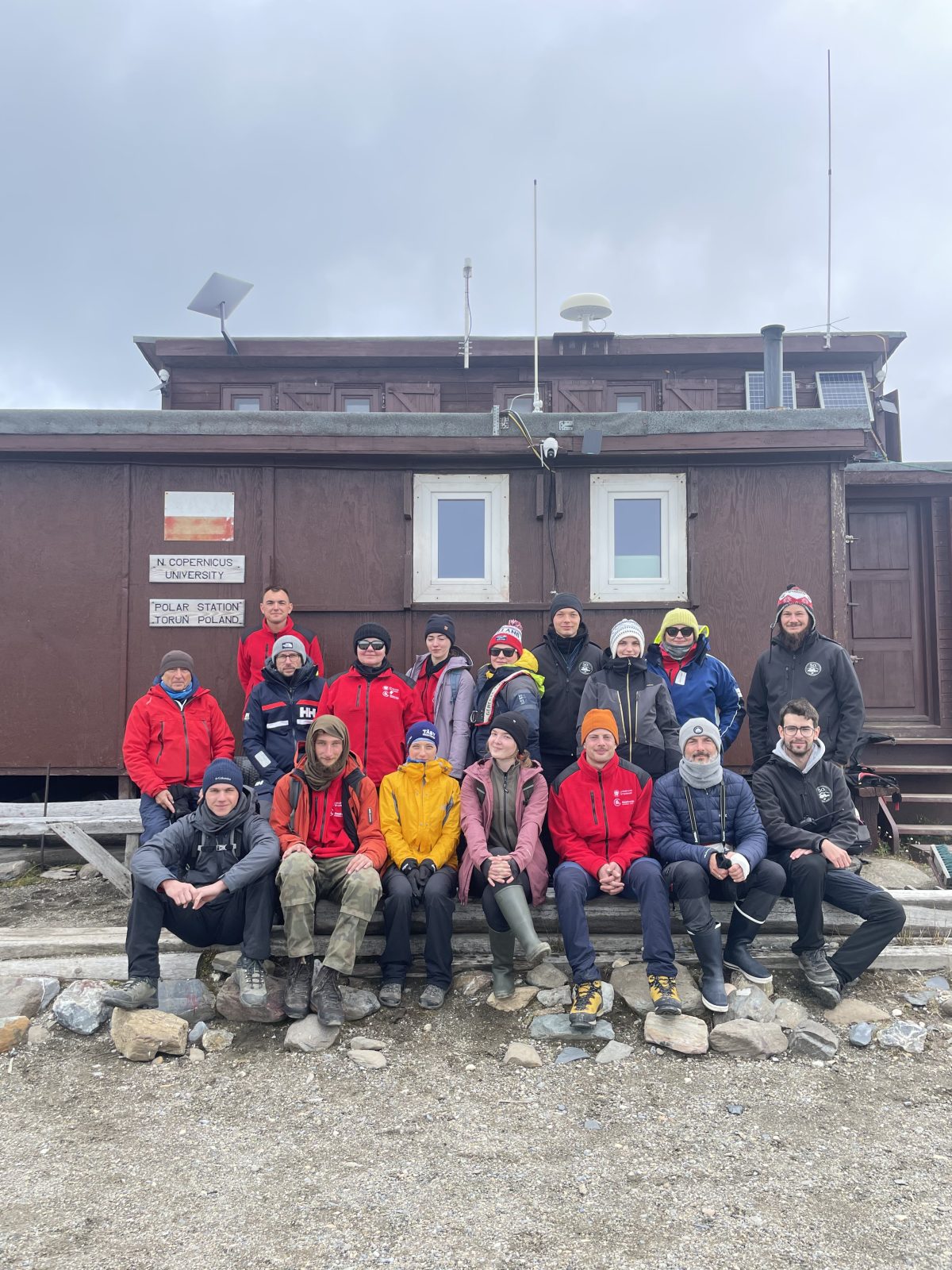
GeoArctic Expedition 2025 Logbook aboard STS Generał Zaruski
We returned safe and sound, enchanted by the Arctic, full of energy and ready for new challenges. It’s hard to capture in a short text all the wonderful moments we experienced up there in the far north. Perhaps these recollections in the form of a logbook (yes, we kept one) can convey at least some of the emotions we felt.
25 July 2025
We set off! Finally, after six months of preparation, in which we were all deeply involved. It was truly intense: paperwork, media and research projects, writing the guidebook, permits for scientific research, and the voyage itself—all of this had to be organised. And we won’t hide that last year it was much easier. But what a satisfaction to finally board the train to Warsaw, and then the plane to Longyearbyen, the capital of Svalbard.
26 July 2025
We arrive in Spitsbergen in the middle of the night. But there is no night. We are greeted by a bright, misty, and cold polar day. We also meet the students from the Gdańsk Sailing School, who are just leaving to return home. We take the airport bus to our hostel. It’s a necessity. Travelling between the airport and the settlement without a weapon is forbidden due to the possibility of encountering a polar bear.
Later that day, we wake up to see Adventfjord and the town of Longyearbyen below. Our hostel is truly at the end of the world. We are filled with joy—here we are. We did it; we brought students to the end of the world. Not just one or two, but a whole group of ten. Today is an organisational day: visiting the University Centre in Svalbard, meeting the crew of our expedition vessel, and collecting our weapons. Weapons will be essential, as we will go ashore far from civilisation.
27 July 2025
Today we begin the small-group natural and geological studies at the BERA Scientific–Logistical Station. This initiative is part of the Polish Polar Consortium, which includes the UWr Centre for Cold Region Research. We are assisted by the station supervisor, Wojciech Moskal—a traveller, oceanographer, polar explorer, North Pole conqueror, and truly warm-hearted person.
After lectures introducing us to the history, nature, and geology of Svalbard, we also visit the famous Global Seed Vault. Today, we cover several kilometres on foot, all under the watchful protection of our weapons.
28 July 2025
The day has come! We embark on STS Generał Zaruski. The tall ship lies at the quay, beautiful and majestic. For some of us, it is the first time aboard such a large vessel. Generał Zaruski is a traditional wooden gaff ketch, all its equipment operated by human muscle power. We will feel the true weight of gaffs and the other “delights” of traditional sailing many times during this expedition. But for now, we become the crew and get to work! We provision the ship, prepare it for sailing, and most importantly, train in safety. There’s no joking here; we must all return safe and sound. Unfortunately, we won’t sail today—the wind is unfavourable, and by the end of the day, we still don’t know whether tomorrow we’ll head north or south.
29 July 2025
We set sail and head south, which aligns with our original plan. We are divided into four teams, each standing a four-hour watch under the officers’ supervision, managing the ship, handling the sails, and navigating with paper charts. Each day, a different watch manages the galley, looking after the meals for all 25 of us. Later there will be cakes, pancakes, and pork cutlets; for now, we adjust to the rolling seas that spare no one, not even the galley. Despite the constant cold, water rationing, intense work on deck, and occasional seasickness, we fulfill our duties and become sailors.
30 July 2025
In the evening, after 30 hours of sailing, we reach the expedition’s first scientific target: Hornsund fjord. This brings new sailing experiences. We learn to launch the dinghy, manually raise and lower the anchor. First steps on the dinghy are stressful, but soon it becomes almost automatic. We land to conduct our first fieldwork, collecting ice, sediment, and rock samples at Fannypynten and Hoferpynten. We also visit the Polish Polar Station in Hornsund, welcomed with coffee and cakes. The polar researchers show us the laboratories and explain the realities of year-round work in the Arctic. Meanwhile, Hansa Glacier calves in White Bear Bay. There is no immediate danger, but boat hooks are at the ready. The weather is beautiful, the views spectacular, and sailing among melting icebergs, accompanied by their peculiar sounds, is thrilling.
31 July – 1 August 2025
Today we head north to Hytte Bay to land a research group heading on foot to the UWr “Baranówka” Stanisław Baranowski Polar Station. We land successfully, burdened with equipment like camels, and trek for 24 hours. First, we pass a beautiful quartzite coast, then the forefield of the Werenskiold Glacier, reaching Myrktjorna Lake. “Baranówka” becomes our temporary home under the pole. Collecting rock samples from the moraine newly exposed by the retreating glacier, we can’t contain our exclamations of wonder. Climate change, it seems, has some benefits for geologists, revealing pristine rocks.
Unfortunately, we lose contact with the ship, seeking shelter from strong winds back at Hornsund. Contact is restored via satellite transmitter, awaiting pickup by the dinghy from the old hunting hut at Hyttevika. Meanwhile (as we later learn), the ship battles a dragging anchor and the calving Hansa Glacier, while the crew fends off growlers—fragments of icebergs.
On 1 August at 17:00, STS Generał Zaruski pays probably the northernmost tribute to the Warsaw Uprising.
2 August 2025
Now complete, we sail north towards Bellsund fjord, reaching it in the afternoon. First, we set the ship adrift for a quick dinghy landing on a small skerry with interesting geological features. Then we anchor and land at Calypsobyen, home to the Maria Curie-Skłodowska University research station and scenic remains of an old mining settlement, whaling station, and radio station. In the field, we study tillites and the Renard Glacier. Tillites are fascinating metamorphic rocks, interpreted as suspended sediments deposited by glacial outwash—traces of glaciations from 635 million years ago!
3 August 2025
We enter Forelandsundet, separating Spitsbergen from Prince Charles Land. A challenging area, demanding the captain’s vigilance. We land in a dinghy on Oscar II Land, Kaffiøyra, at the Nicolaus Copernicus University Polar Station in Toruń. We are welcomed; the researchers explain their work, and we return the hospitality with lunch aboard. Field teams hunt for serpentinites—metamorphic rocks near Kaffiøyra—and conduct hydrogeological studies. This is also a successful day for wildlife observation, with walruses, seals, dolphins, and whales alongside the hull. And there it was—the polar bear! Only fresh tracks, but enough to scare us. Radio communication allowed safe detours.
We wave back to the researchers from Toruń and, as the wind strengthens, head to Ny-Ålesund to shelter from the weather.
4 August 2025
Ny-Ålesund. The wind blows fiercely; one must be careful on the quay. We tie the ship securely and use the time to recover. The long ocean swell and biting cold have taken their toll. Galley dramas (flying mackerel salad, drowned plates) are behind us, and we finally wash properly. We also explore Ny-Ålesund, the northernmost permanently inhabited settlement in the world. Today it is a scientific hub, hosting several polar stations. Once a mining settlement with a tragic history, it now has one shop (open by phone), a waffle kiosk (closed), and a self-service museum. Cruise ship tourists briefly flood the usually quiet settlement. We escape to a media meeting; Tomek Rożek leads science communication workshops, we plan filming, and brainstorm ideas—some brilliant ones emerge.
5 August 2025
We sail to break a record! What record? The ship’s. Fifty years ago, on 4 August 1975, SY Generał Zaruski, under Captain Andrzej Rościszewski, became the first Polish yacht to reach 80°34′N. We sail north, beyond the charts, under sail. It’s beautiful. Sailing above 80°N, we encounter no sea ice—a sad reflection of the changing Arctic.
6 August 2025
We enter the Arctic Ocean: first a freezing fog, then a white rainbow—a rare optical phenomenon formed by light refracting through mist droplets. Excitement is high. At 12:56, we reach 80°35′N, 10°50′E, celebrated by reading a passage from Captain Rościszewski’s memoirs, making a logbook entry, and taking a crew photo. The captain then orders a sail manoeuvre, turning south.
Are we proud? Absolutely—we reached beyond the 80th parallel by our own efforts, not as passengers but as a sailing crew. And we celebrate the 80th anniversary of Polish geology at the University of Wrocław—a happy coincidence of eights.
7 August 2025
At night, we reach Bjornfjord. The research team collects water from the Scheibreen glacier, gathers data for the glacier front model, and samples zinc mineralisation in local granites and migmatites. This part of the island is geologically enigmatic.
The same day, we enter Magdalenafjord to document young-glacial landscapes of Spitsbergen’s most beautiful fjord. The area is of particular interest for geologists and geomorphologists, offering insight into active processes at the marine–glacial interface. The beauty of Svalbard lies in its scenery: hundreds of glaciers flowing from jagged mountains, with Magdalenafjord as a prime example.
The bosun is angry; we’ve used too much freshwater. On this voyage, we wash dishes and ourselves (if strong enough) in seawater. Freshwater is only for minimal rinsing—a newfound appreciation for civilisation.
8 August 2025
We retrace our route and spot whales in Forlandsundet. Throughout the expedition, we document marine fauna for the Institute of Oceanology PAS, recording observations on special sheets. Birds are the hardest, being too numerous to count.
We enter Isfjord and briefly visit Petuniabukta Polar Station of Adam Mickiewicz University, Poznań—the fifth and last Polish polar station visited. We pass the abandoned Russian mining settlement of Pyramiden, a fascinating and sombre sight. Some of us venture ashore for the last time. The weather improves, the sun emerges more often. On deck, we listen to melancholy songs, knowing the journey nears its end. Fishing is attempted, but cod are uncooperative.
9 August 2025
Back at Longyearbyen’s floating quay, we sort rock, water, and ice samples. Notes are organised, the expedition reviewed. At sea, sleep was scarce—barely three hours a day. Now it’s time to summarise and secure the samples for transport to Poland in October, arriving with the ship. Then begins the equally fascinating laboratory phase.
The captain issues voyage reports. We passed the tough test, succeeding in a challenging nautical, logistical, and field expedition. Friendships were formed, mutual support given—essential, as beyond science and sailing, we sought to embody General Mariusz Zaruski’s idea: forging character at sea, making it as hard as granite. Quite geological, indeed.
Evenings are spent together over moose burgers and team dances in the northernmost pub in the world.
10–11 August 2025
Packing, cleaning, disembarking, buying souvenirs, sending postcards, and the long flight back to Poland.
We are amazed at how well everything went. In 14 days at sea, we covered 787.5 nautical miles. We completed 100% of our planned goals, despite reliance on weather, chance, and our stamina. Luck favoured us, but more importantly, we had an exceptional officer crew sharing our dreams. We sincerely thank:
- Agnieszka Marach for her smile, calmness, and skill in raising the mainsail.
- Adam Walczukiewicz for professionalism, dinghy rides, and being our polar sea wolf.
- Tomasz Rożek for wonderful watches, lessons in science communication, and for his injured arm—get well soon!
- Mirosław Bielecki for his huge heart, warmth literal and metaphorical, below deck and beyond expectation.
- Above all, Captain Marcin Dobrowolski, for guiding our ship through inaccessible Arctic waters, keeping his cool, and sharing his vast experience. Thank you!
UWr Crew
Student participation was funded by the National Agency for Academic Exchange (NAWA PROM programme).
Honorary patronage: Rector of the University of Wrocław, prof. Robert Olkiewicz.
Financial support: University of Wrocław, Faculty of Earth Sciences and Environmental Management, Institute of Geological Sciences, Institute of Geography and Regional Development, Faculty of Historical and Pedagogical Sciences, Student Self-Government, International Office and Vice-Rector for Student Affairs. Thank you!
Media partner: Nauka.To Lubię, led by dr Tomasz Rożek, who ran science communication workshops aboard while fulfilling officer duties.
Media patronage: Polskie Radio Jedynka.
Special thanks to: Alfred Jahn Centre for Cold Region Research, prof. Mateusz Strzelecki, BERA Scientific–Logistic Centre of the Polish Polar Consortium (especially Wojciech Moskal), Institute of Oceanology PAS, Polish Polar Station Horsund, Petuniabukta Polar Station, Nicolaus Copernicus University Polar Station Kaffiøyra.
Particular gratitude to: Katarzyna Górowicz-Maćkiewicz, UWr Press Officer.
Thanks also to: Wiesława Kłosińska (logo, graphics, website), Kacper Lis (website, guidebook), Adam Wojtyna (social media), Marcin Makowiecki and Microsoft (tablets).
Detailed expedition objectives, crew, and scientific guide can be found here.
We invite you to view the photographic report by Magdalena Raczkowska, Anna Olszewska, Anna Tereszko, Bartosz Baturo, Izabela Grabiec, Kacper Bieńek, Magdalena Modelska, Maria Andrzejewska, Maria Gorczyca, Robert Dybowski, Martyna Laskoś, and Wojciech Durak.
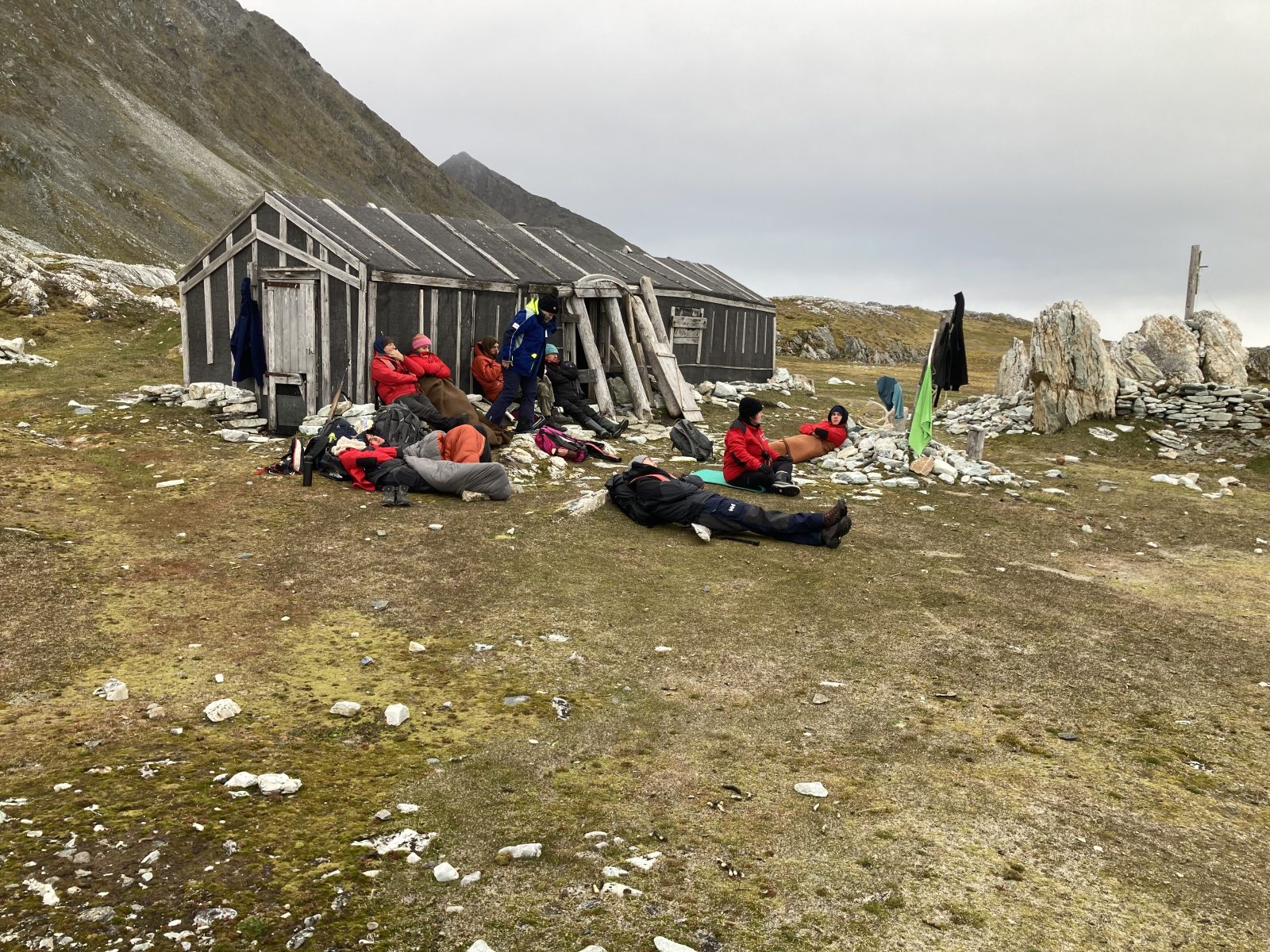
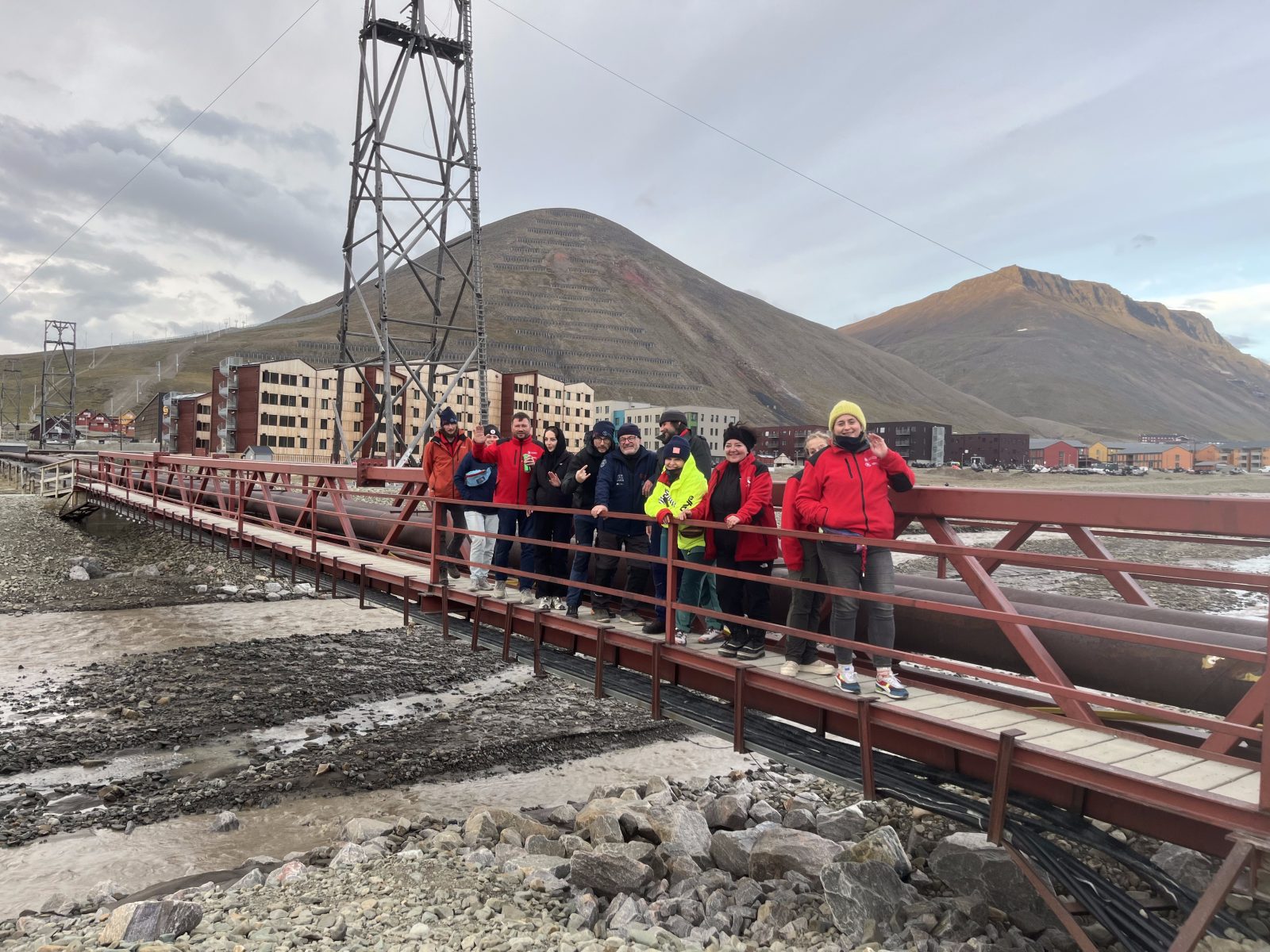
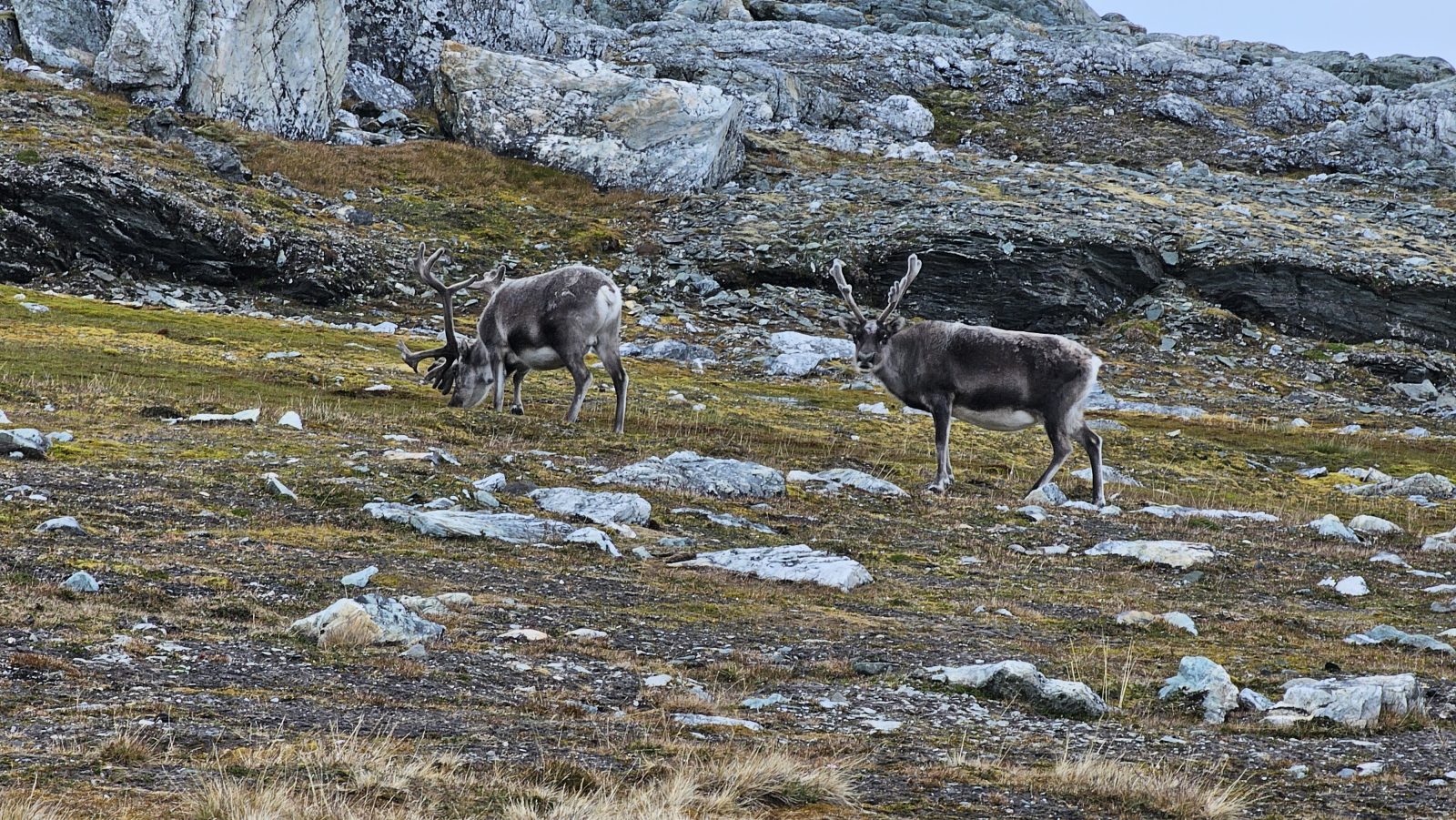
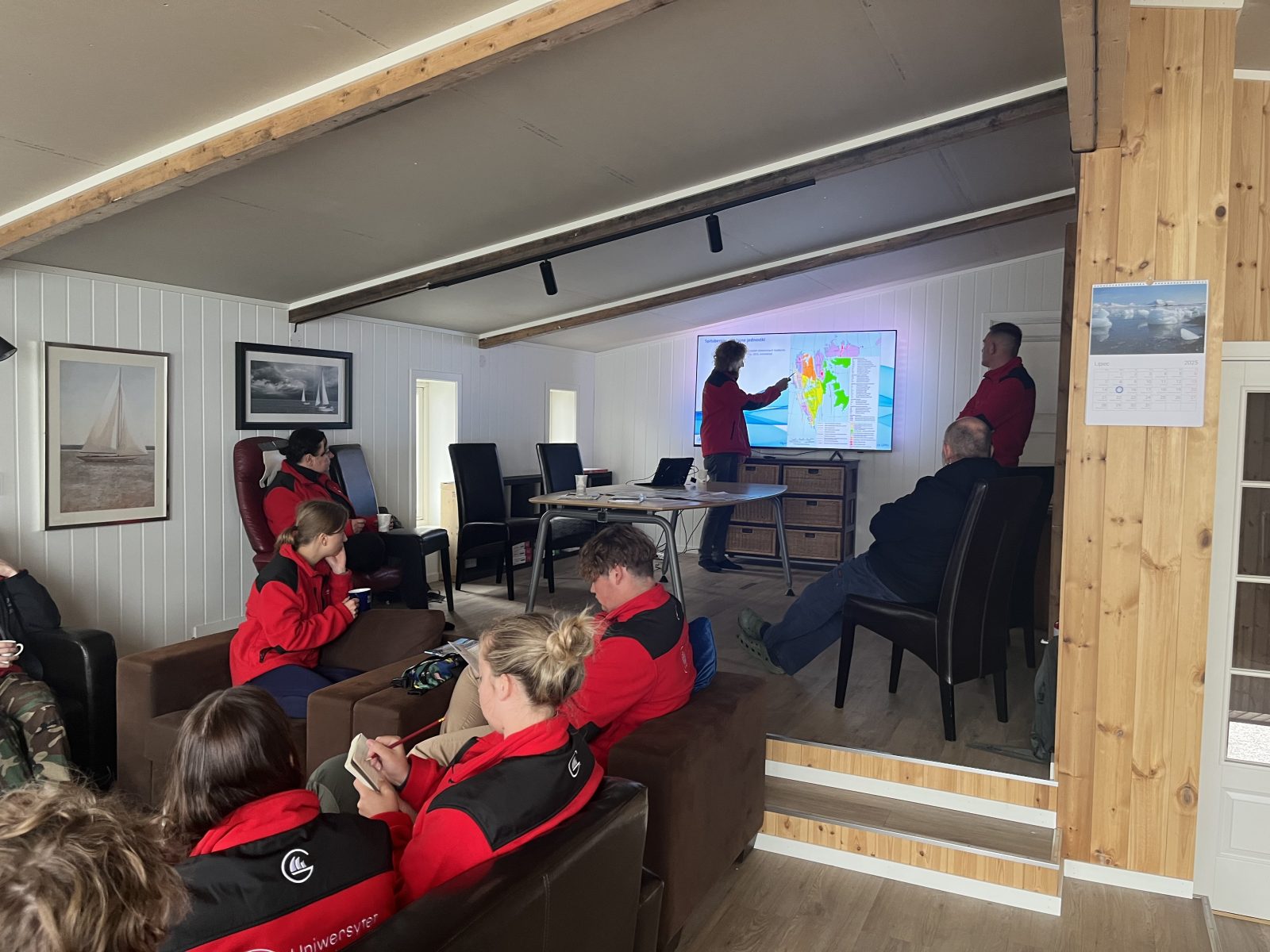

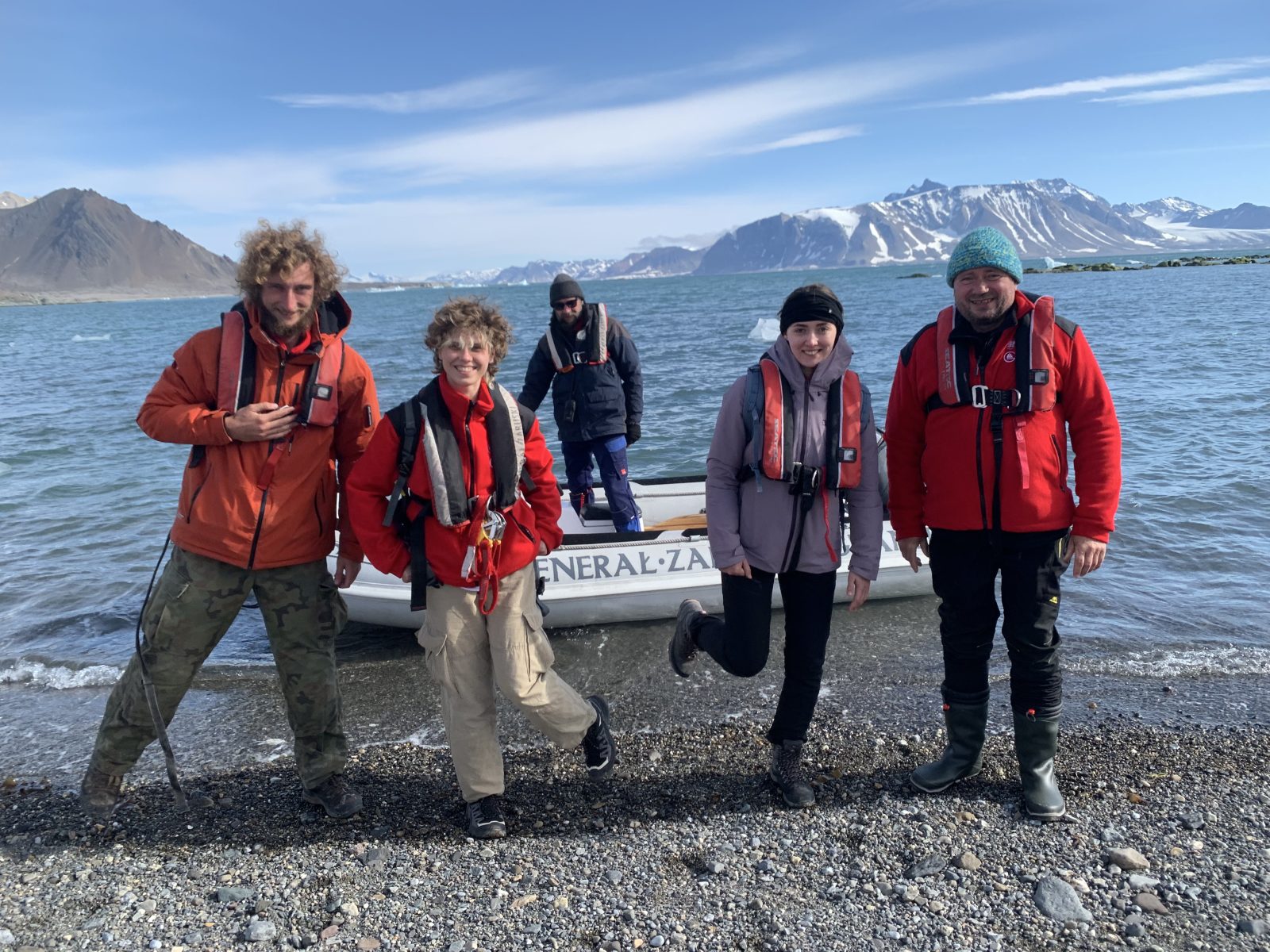
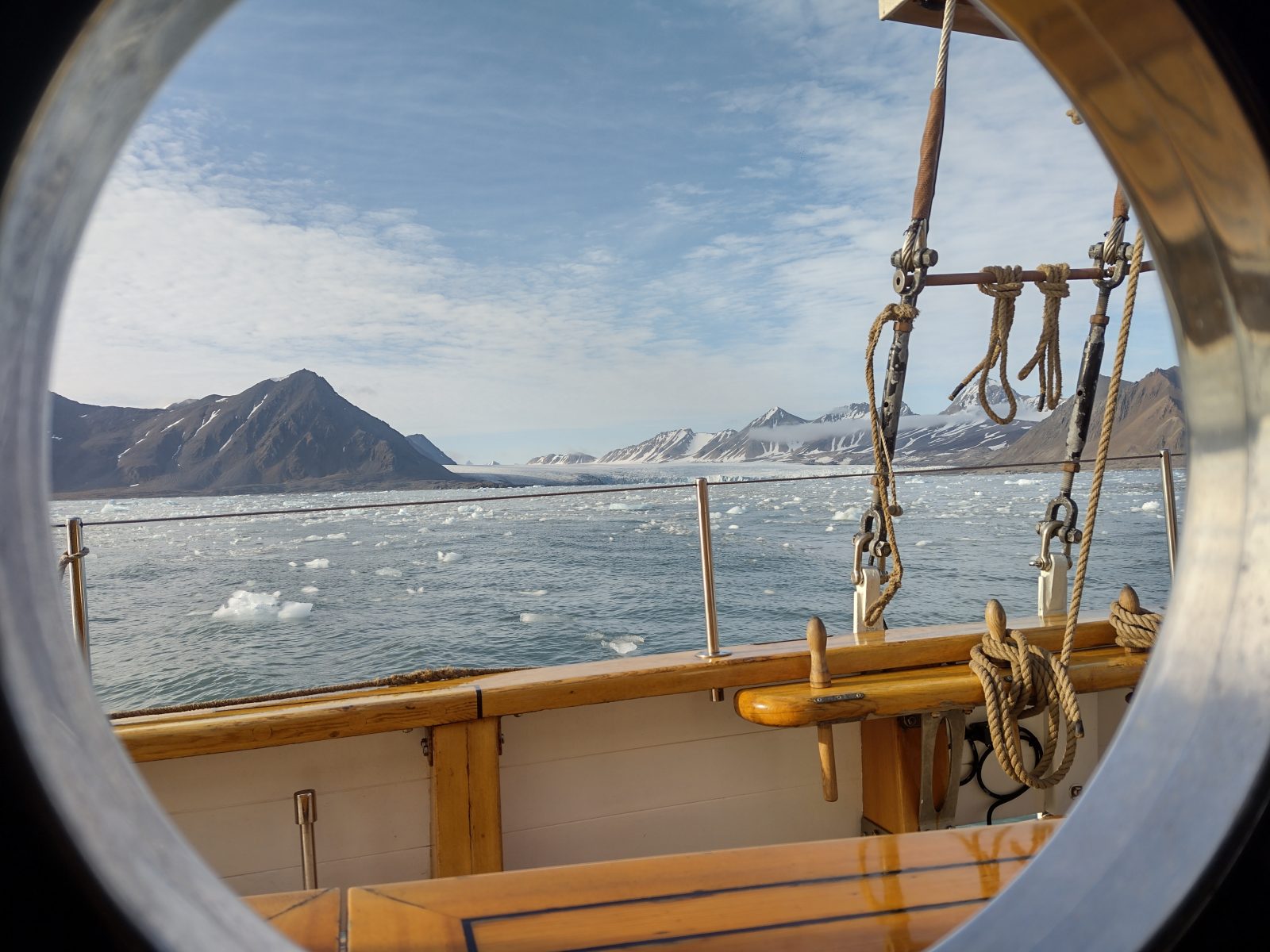

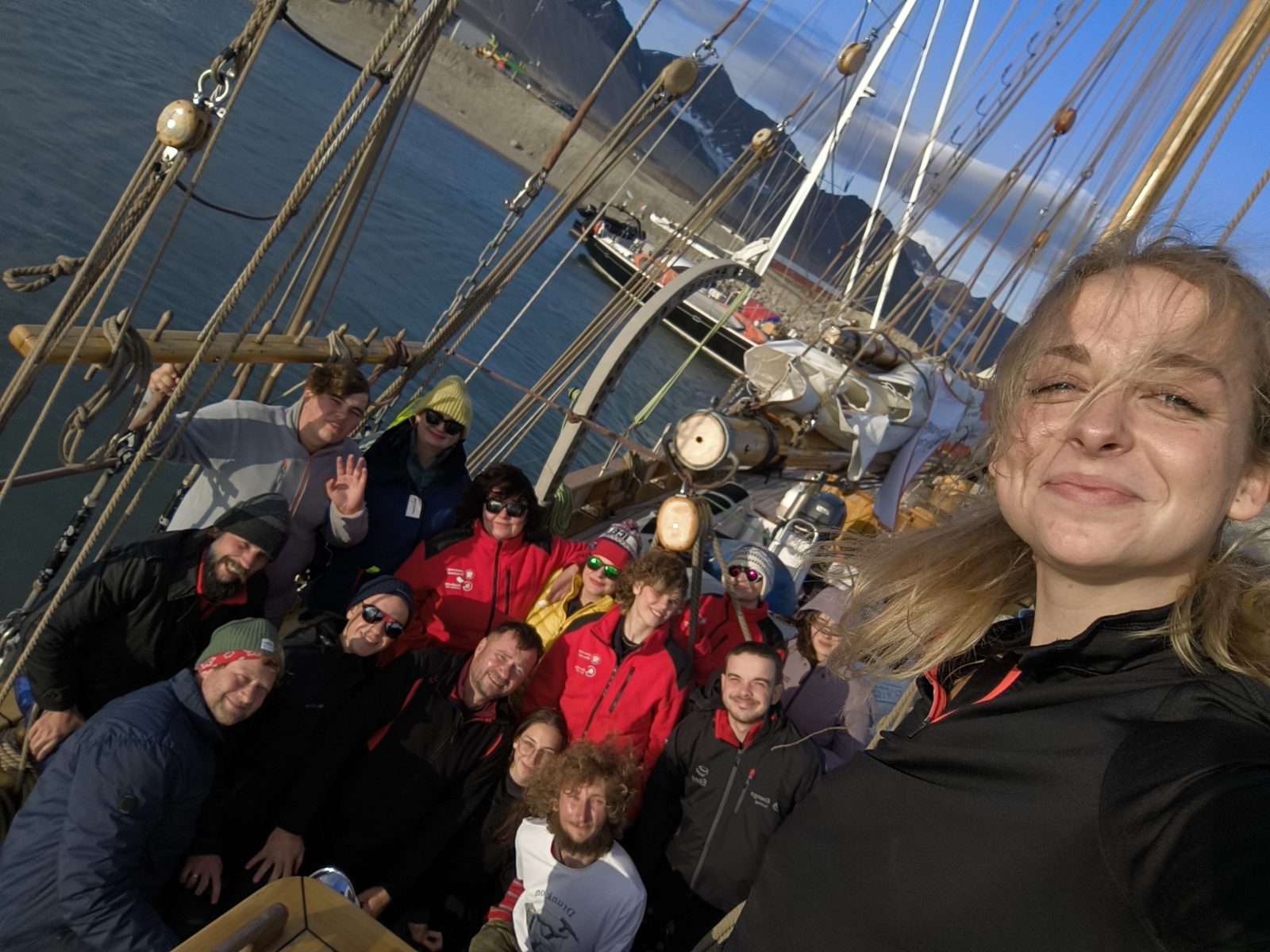
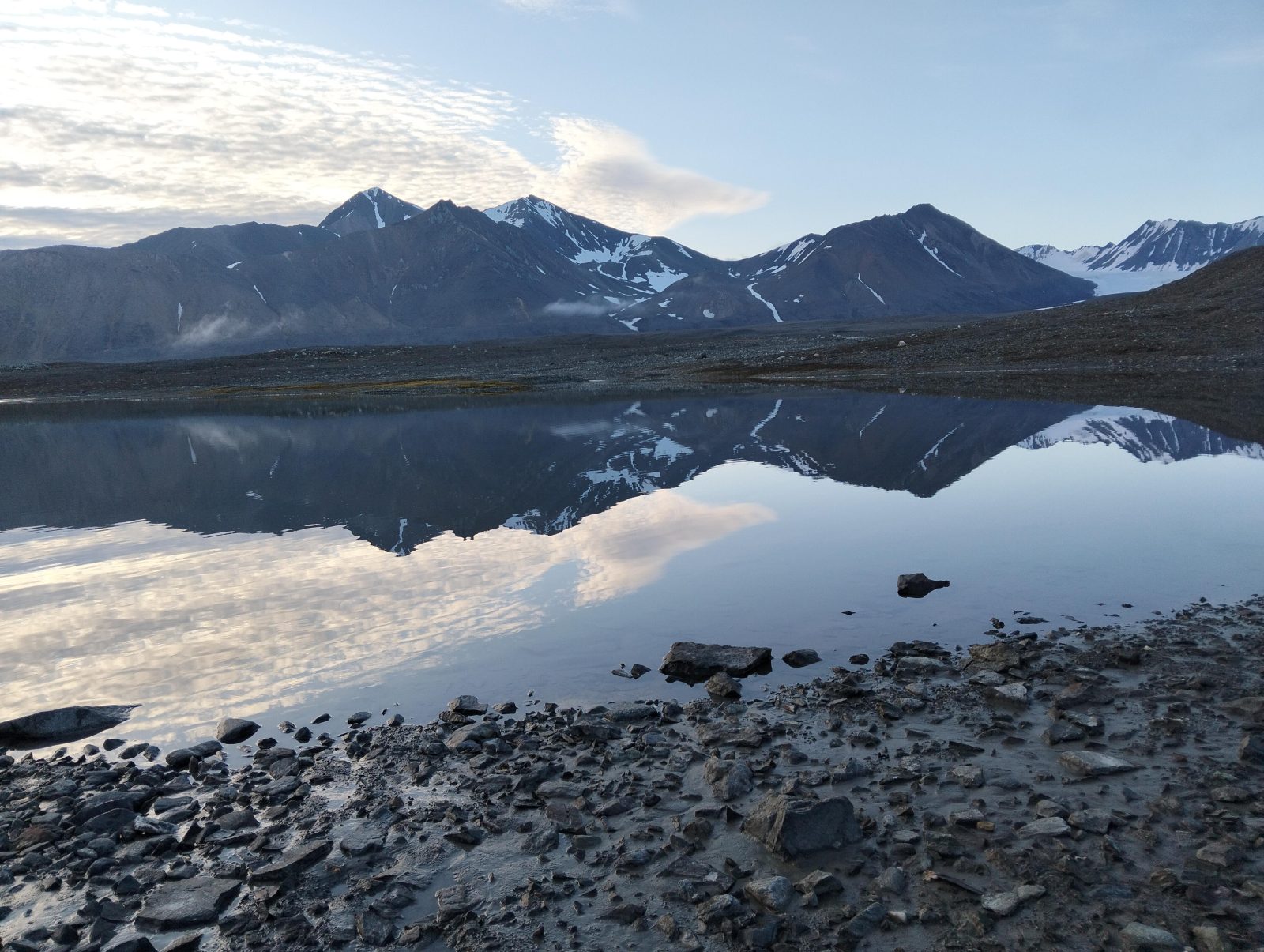
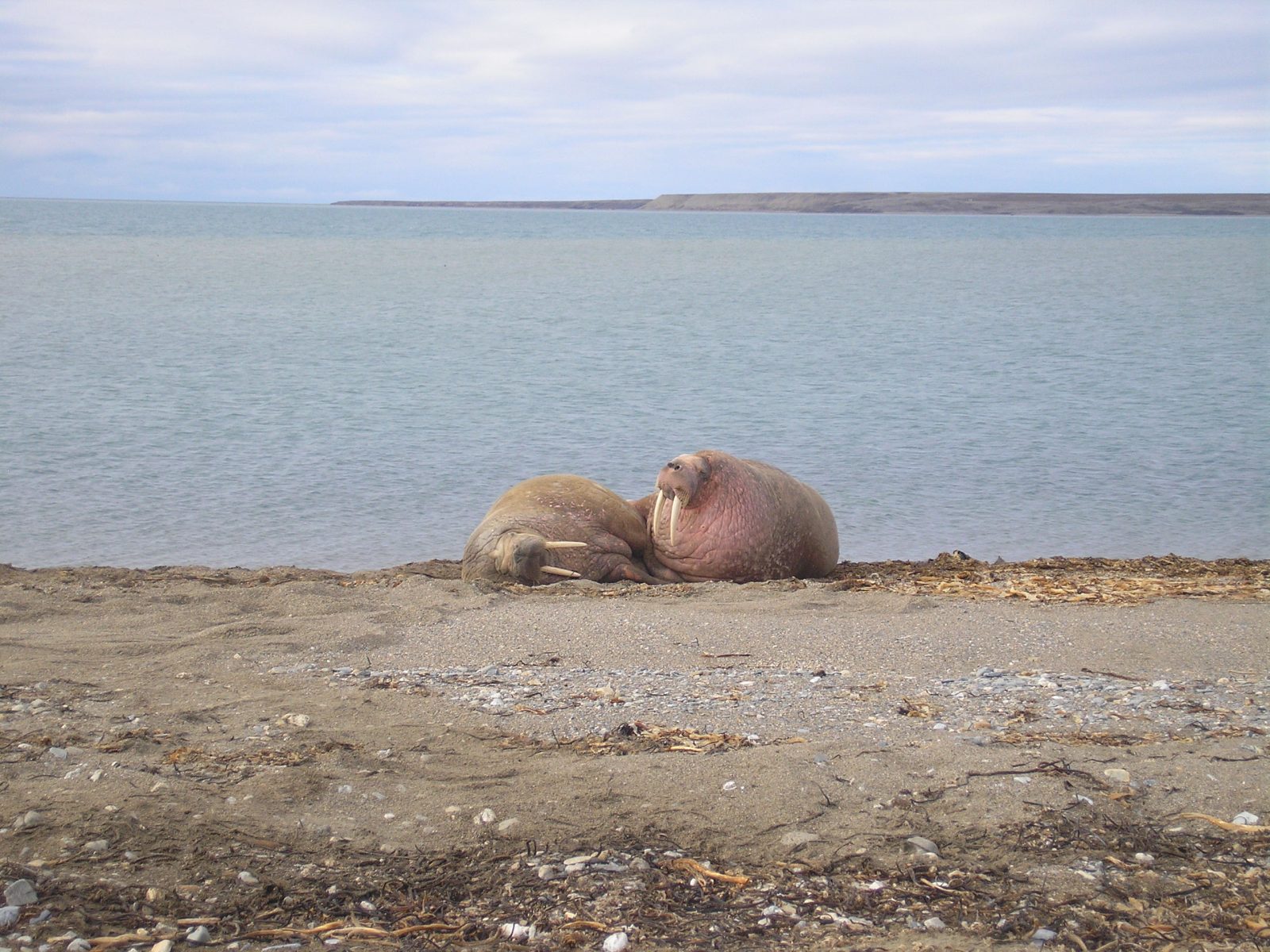
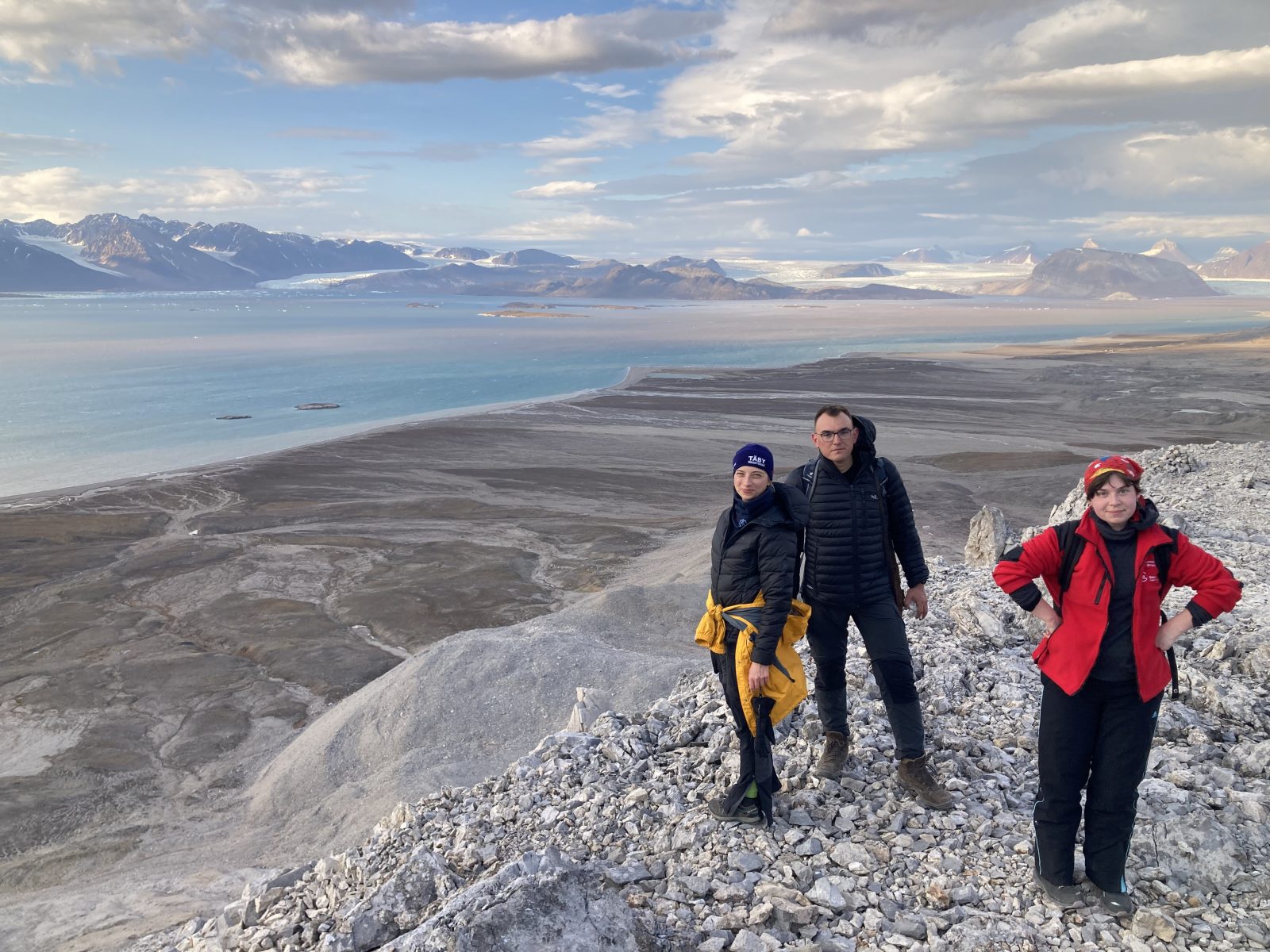
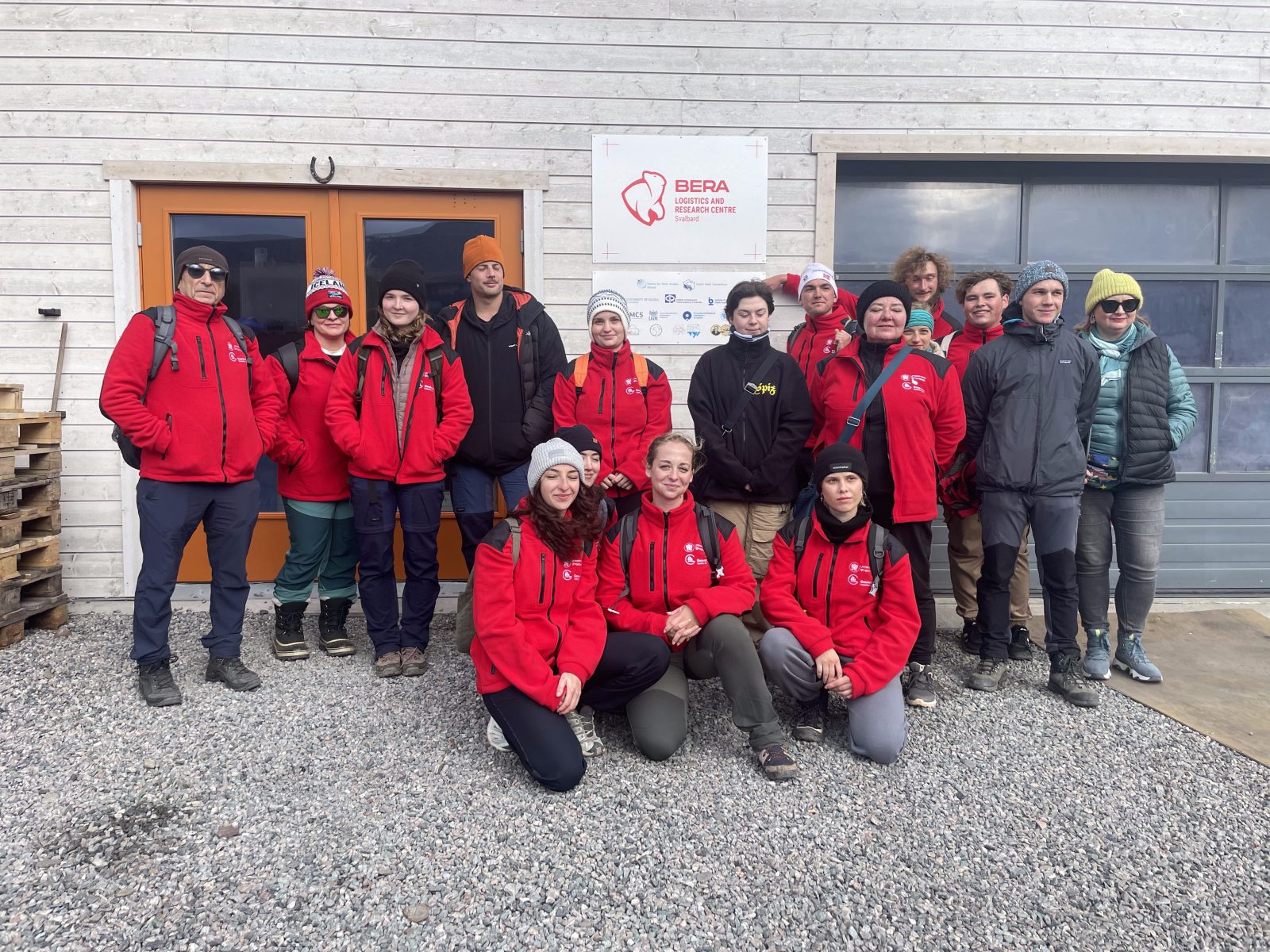
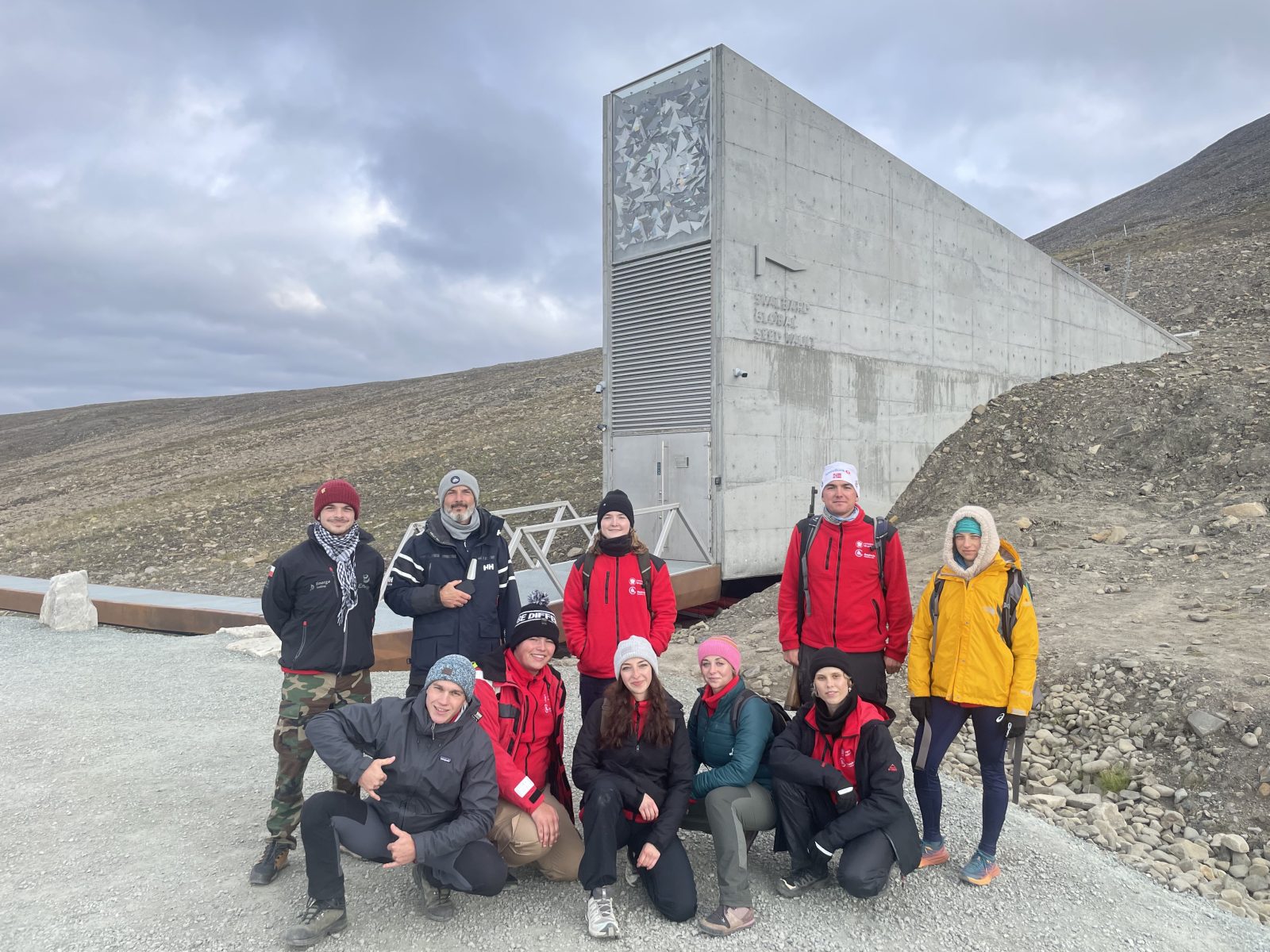
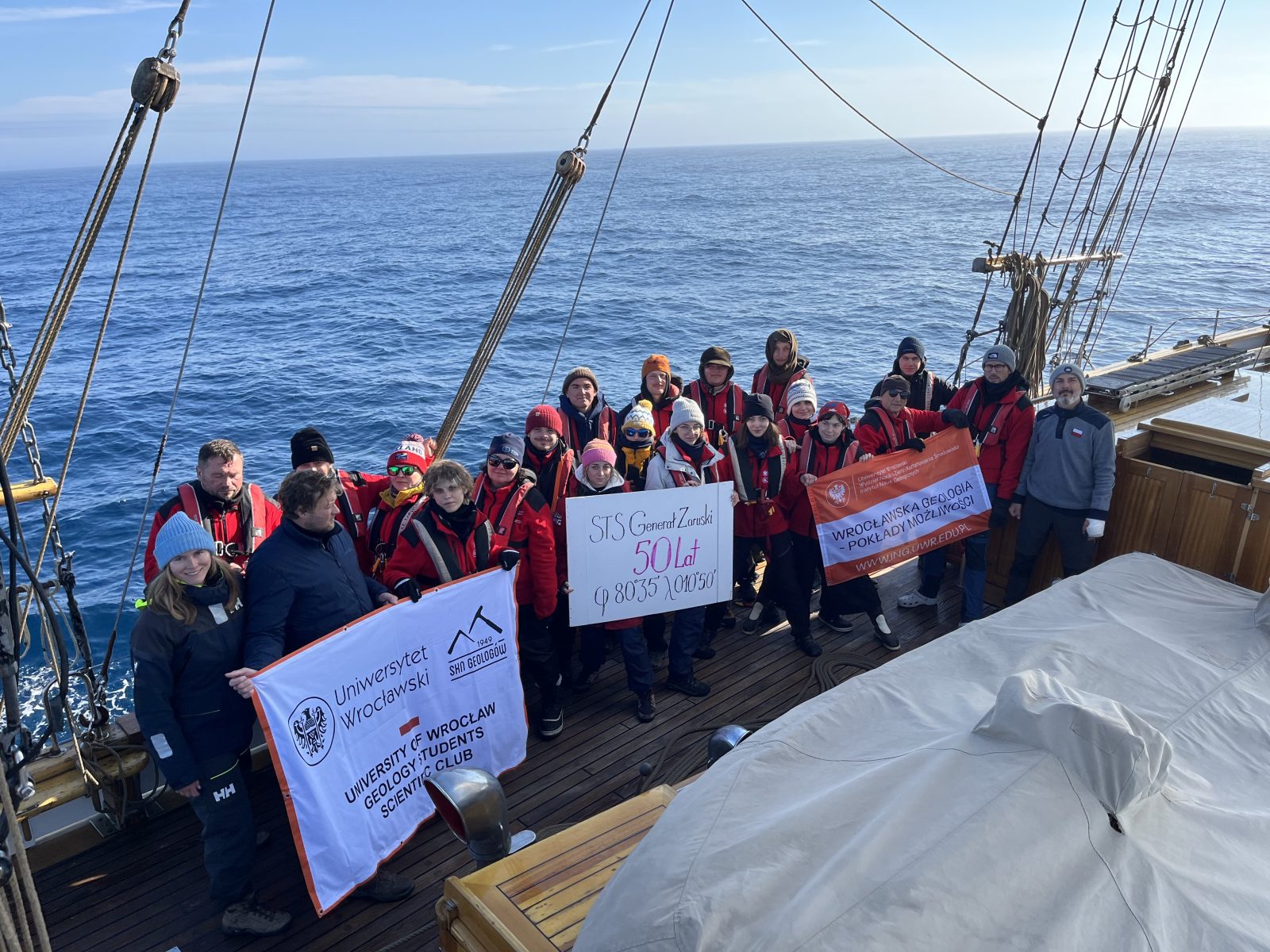
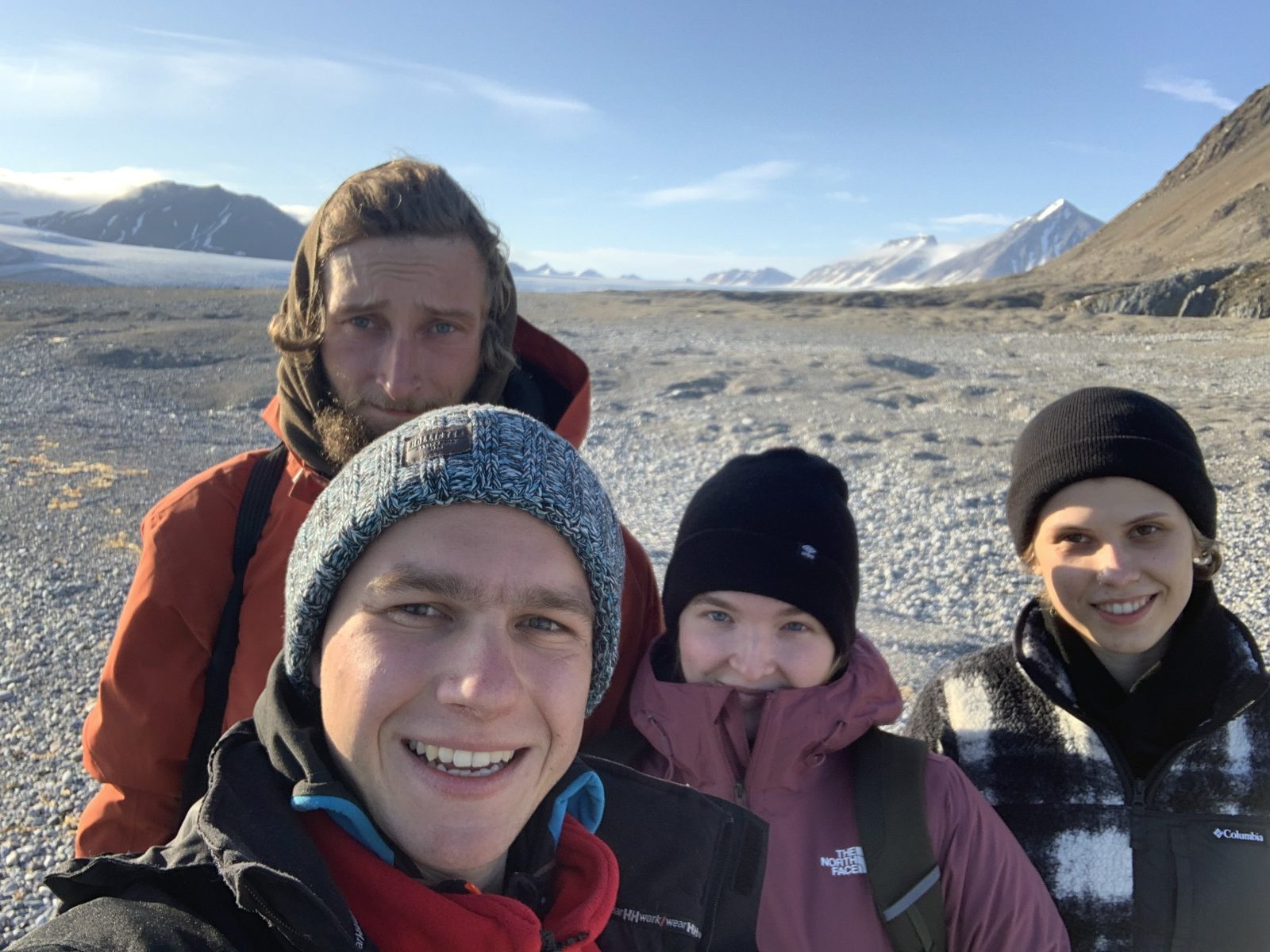
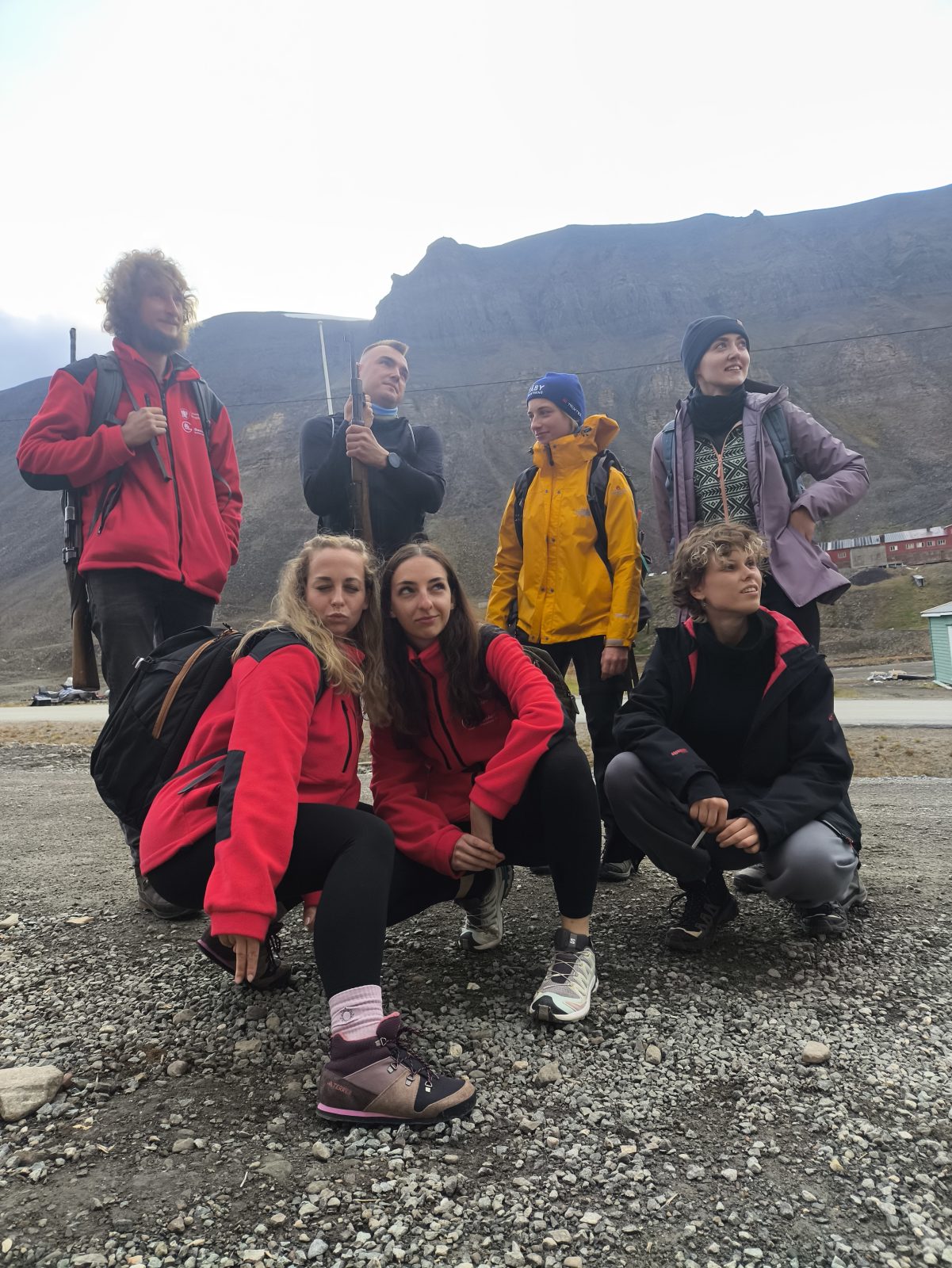
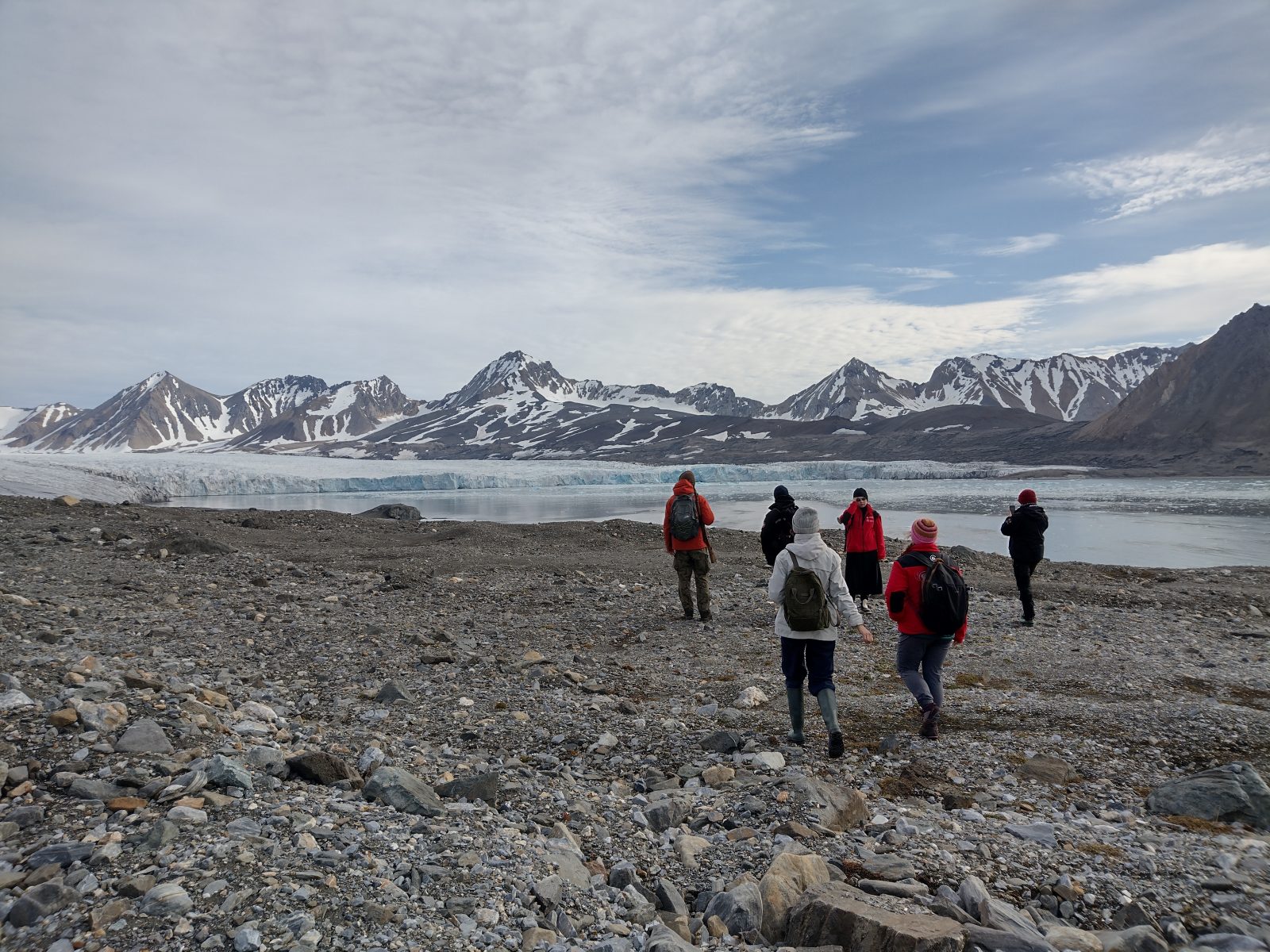
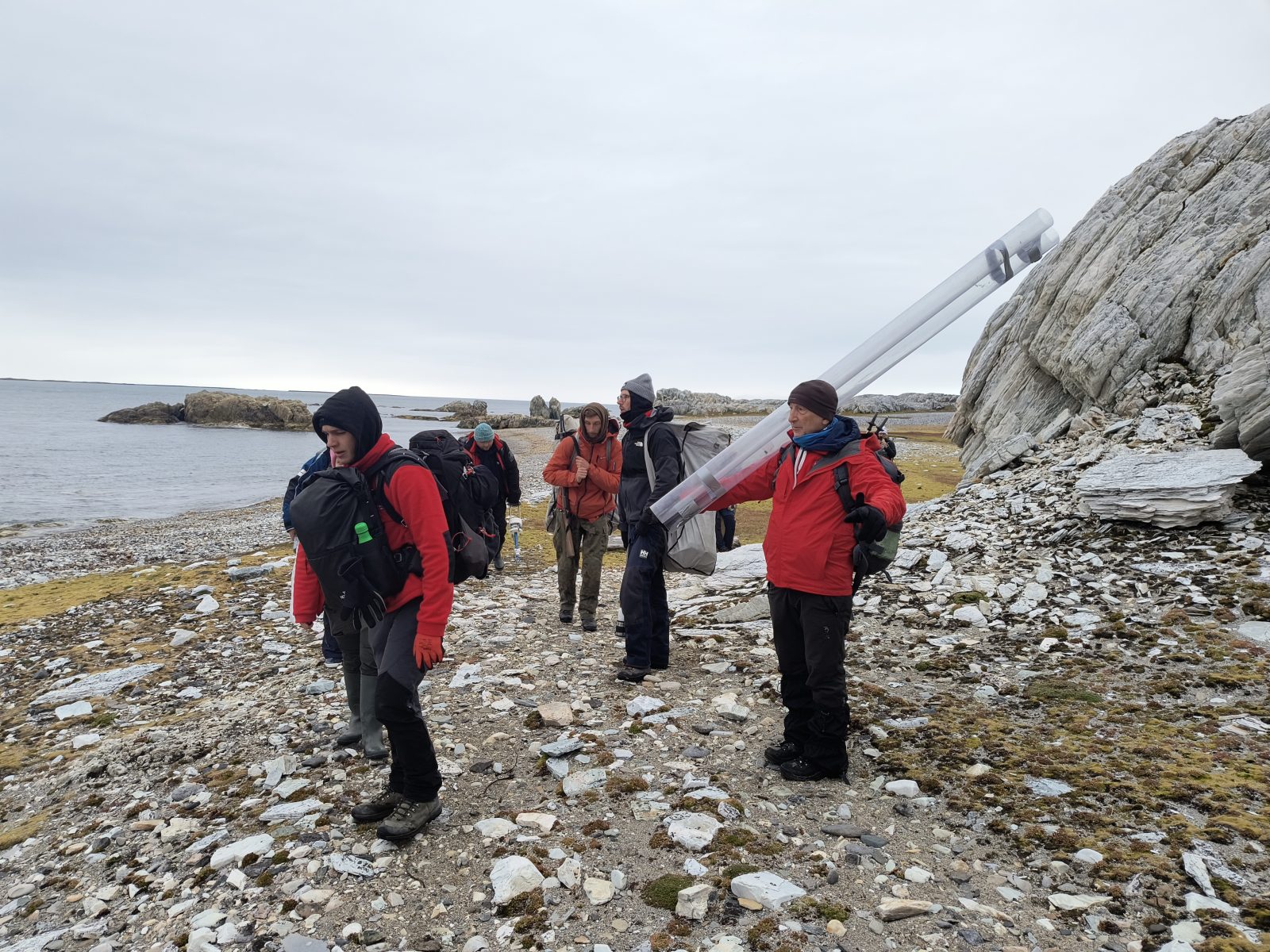
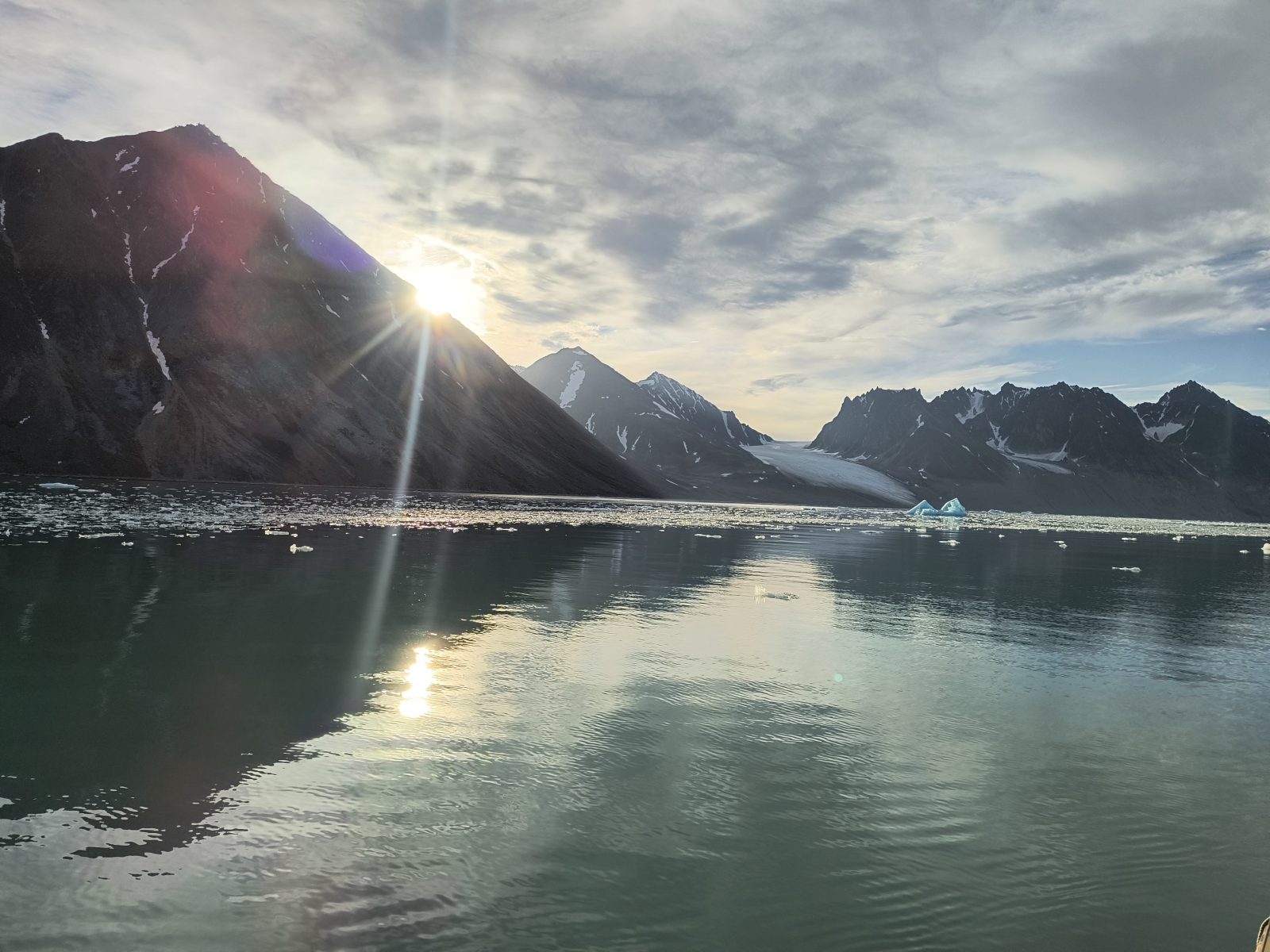
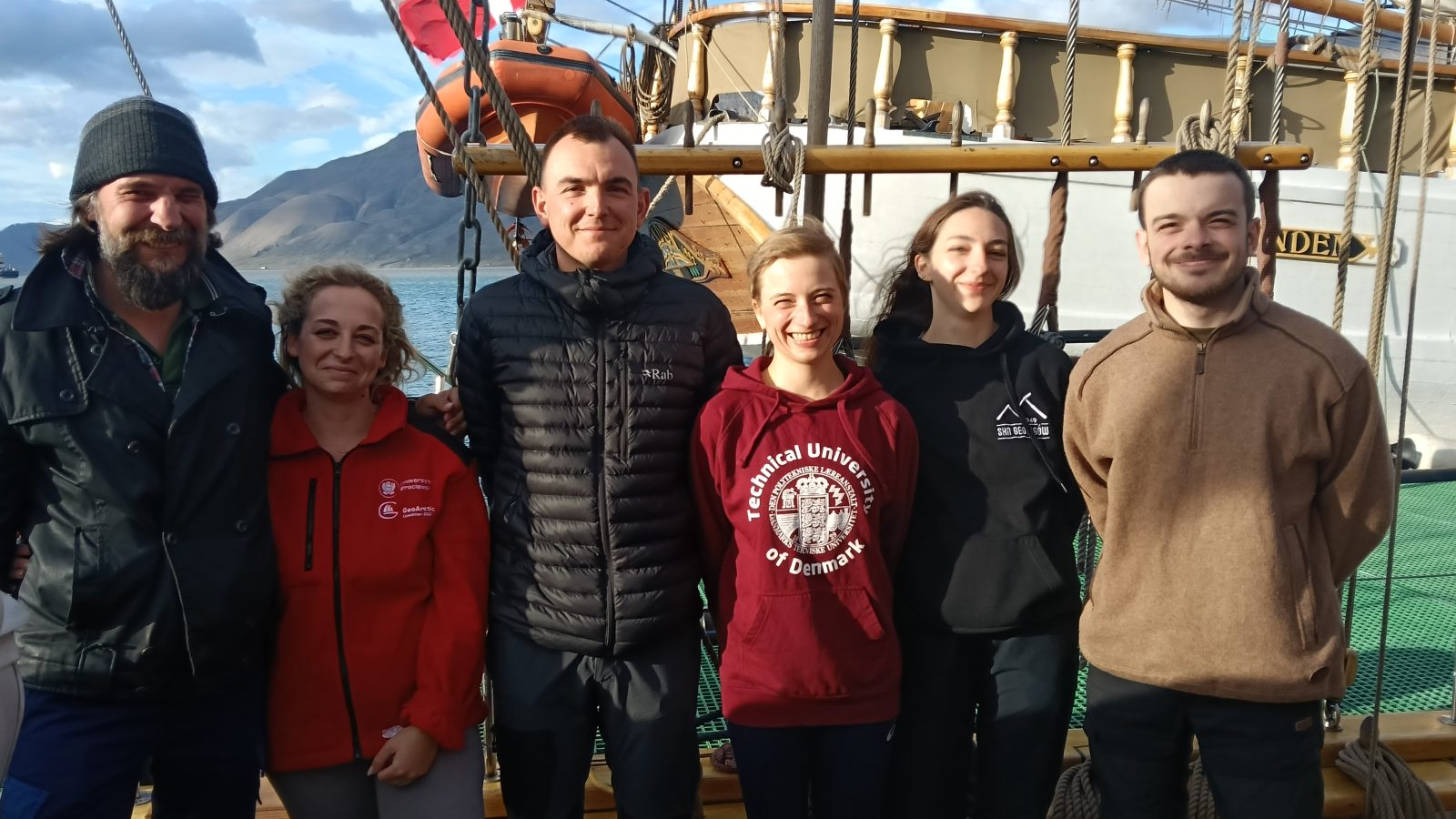
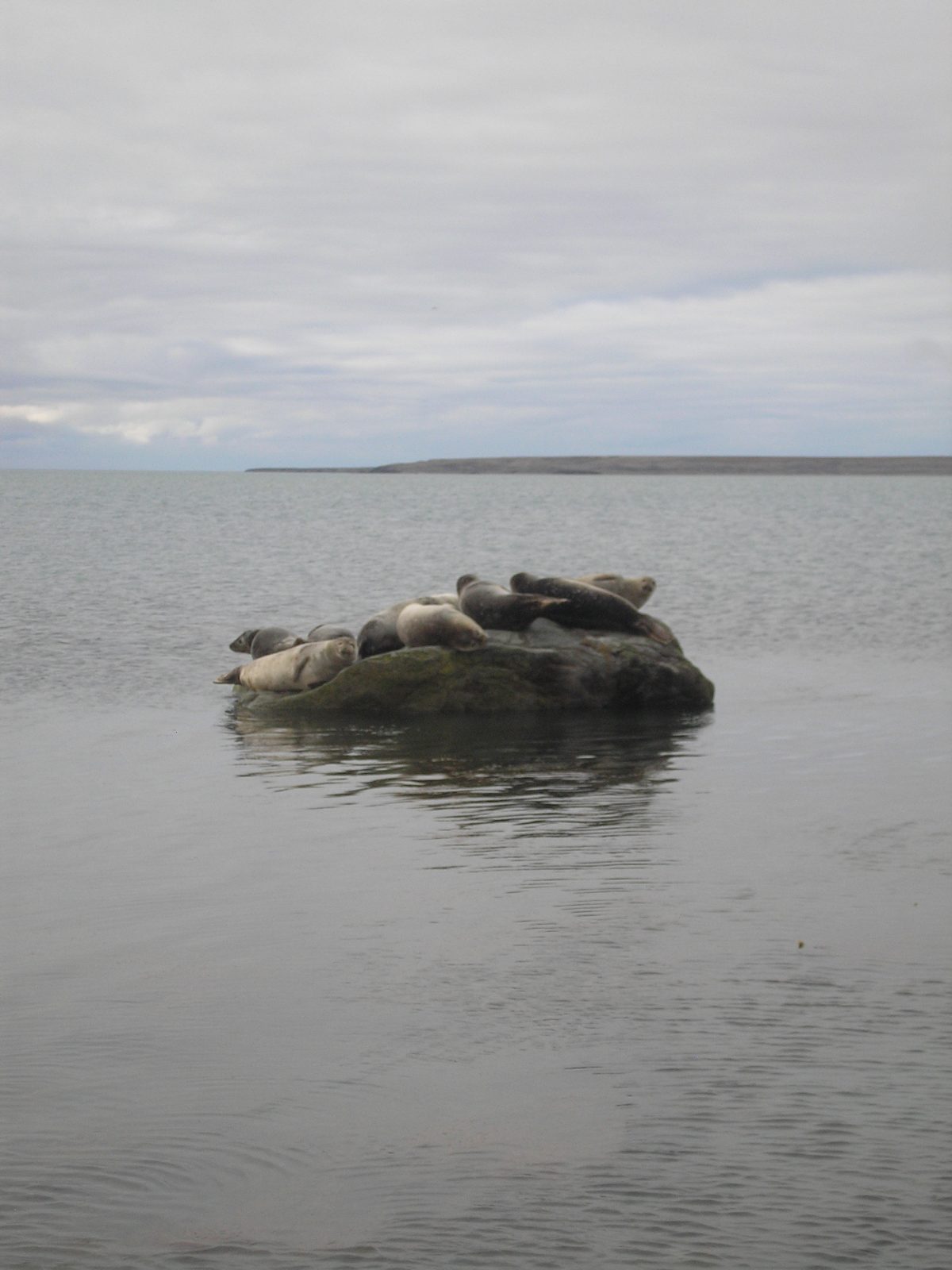
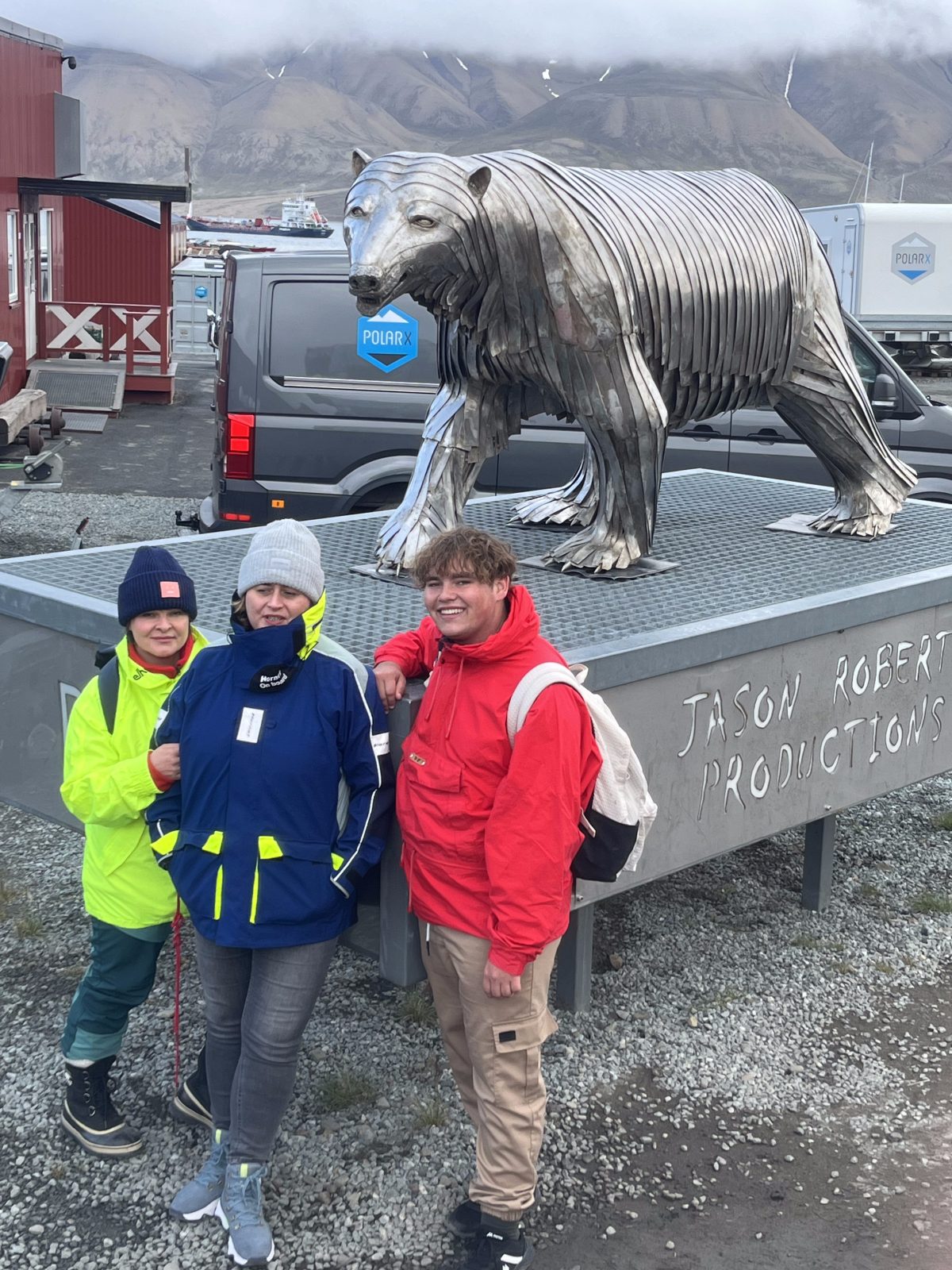

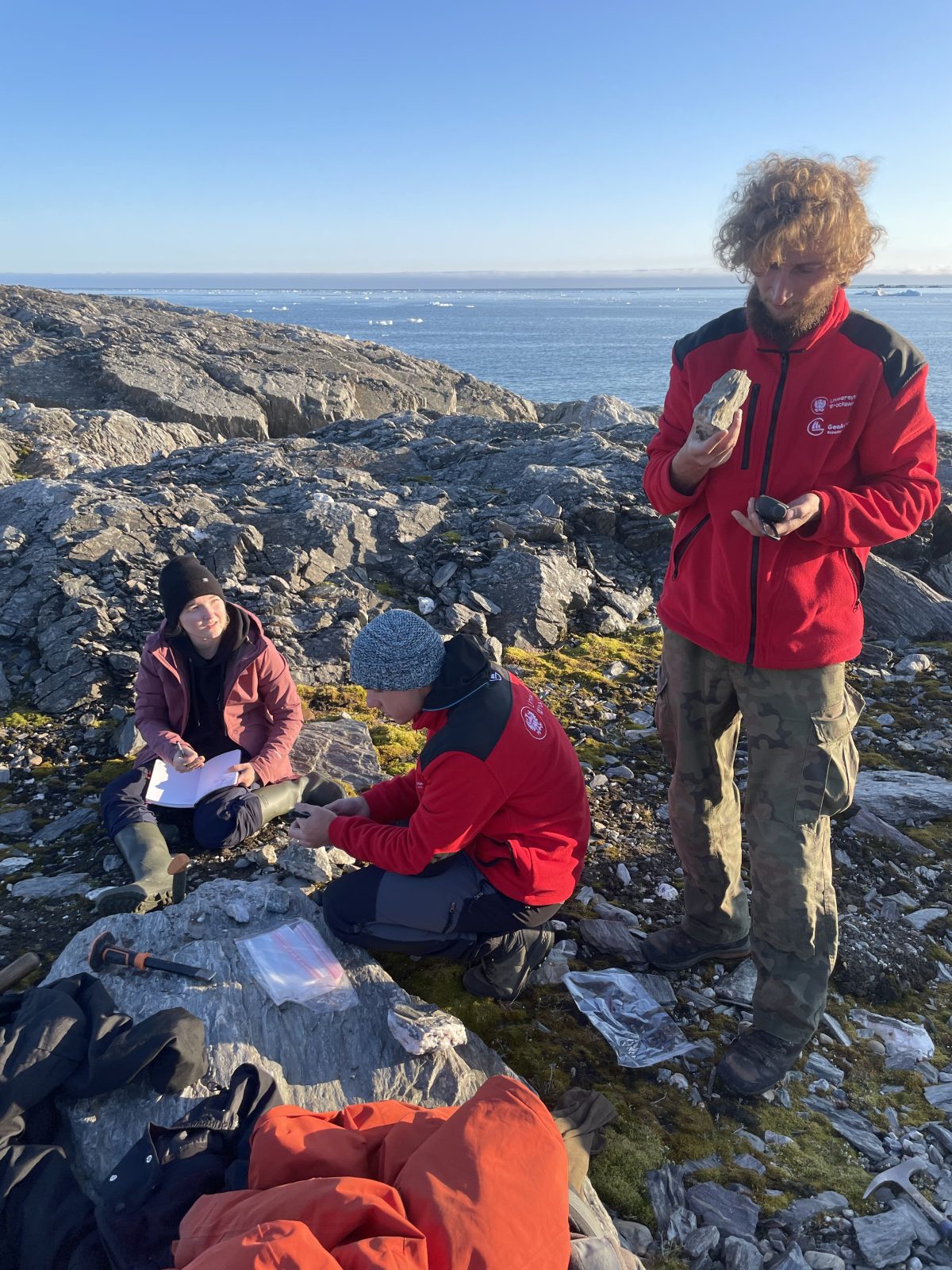

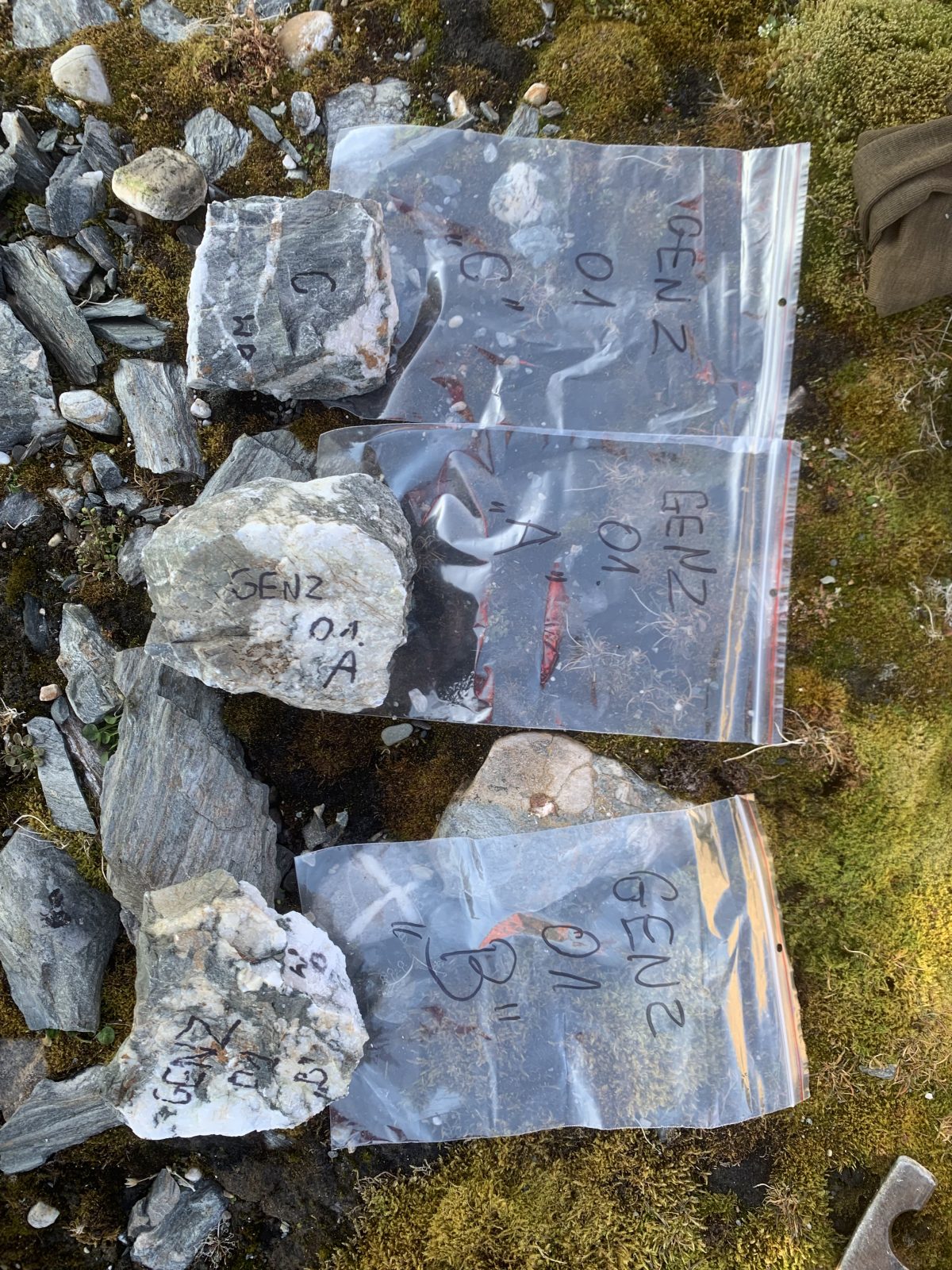

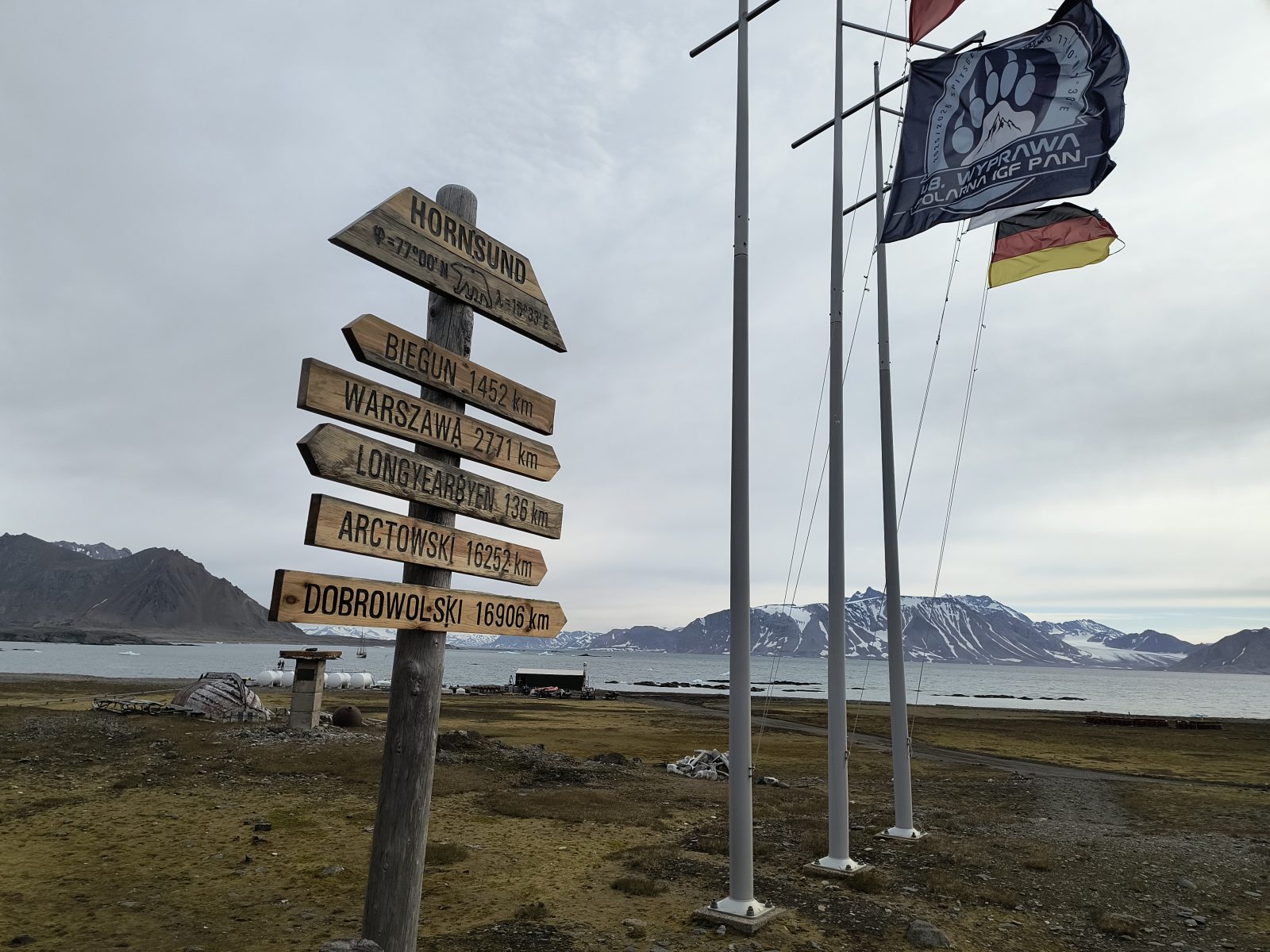
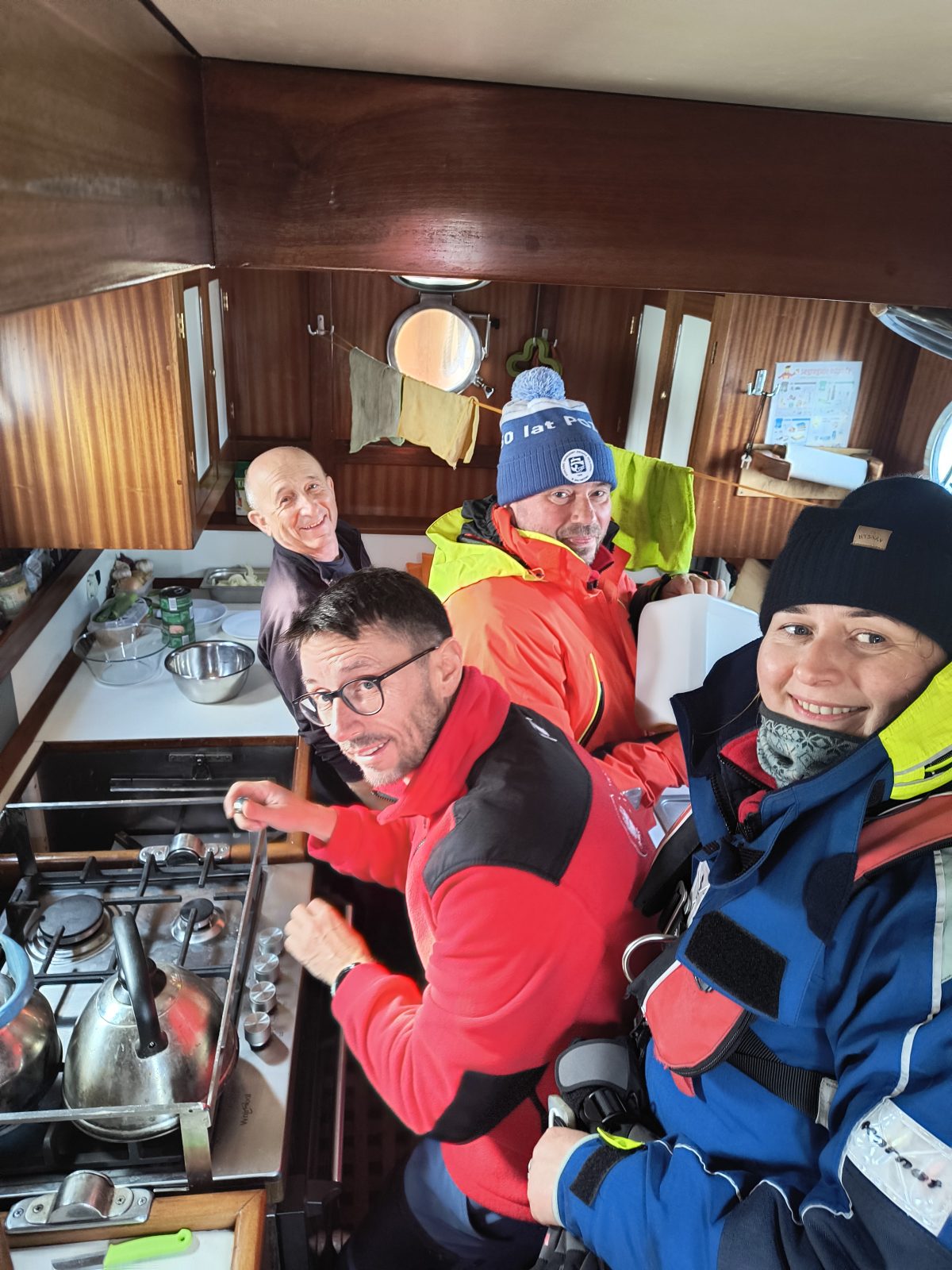
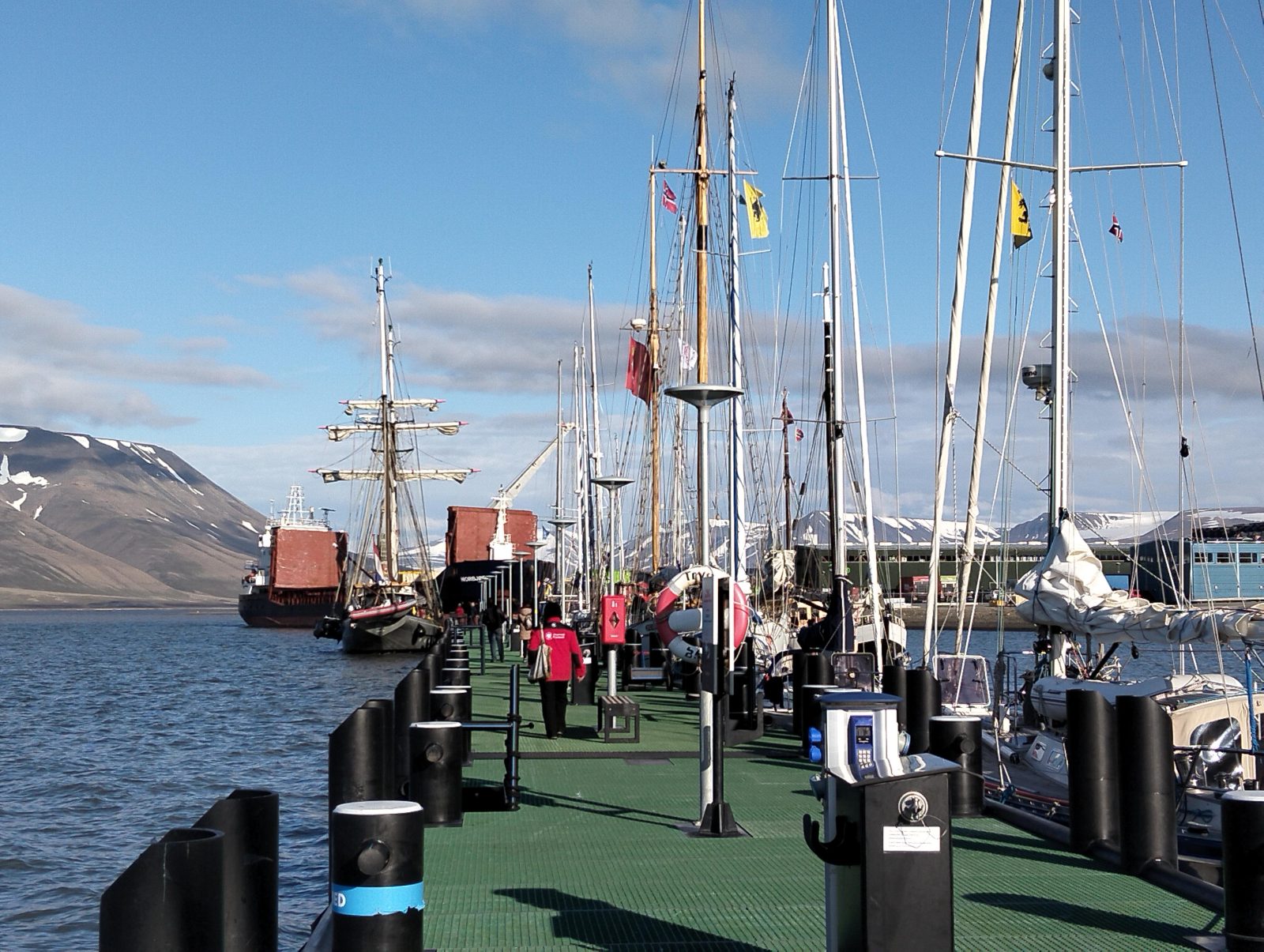
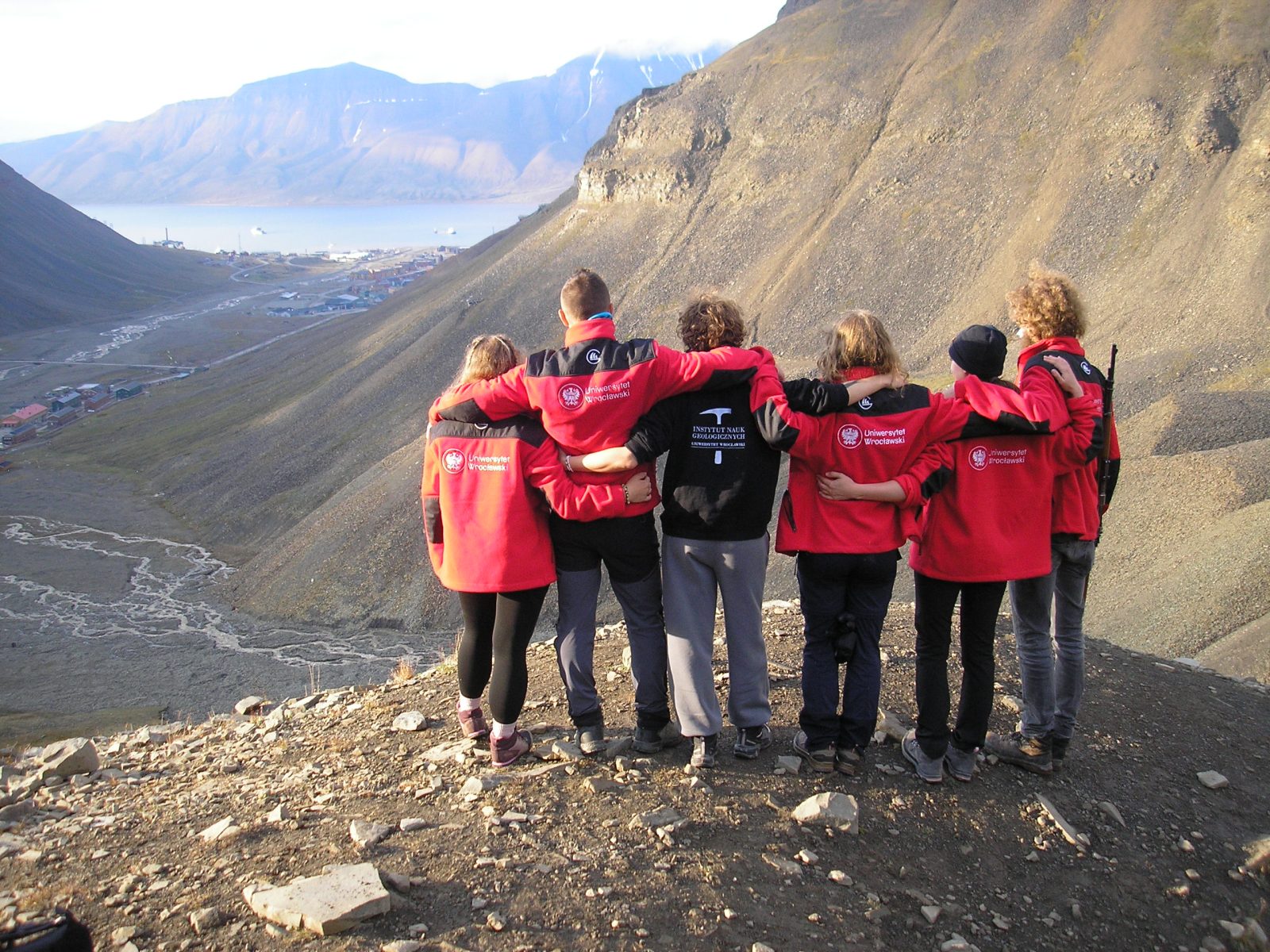
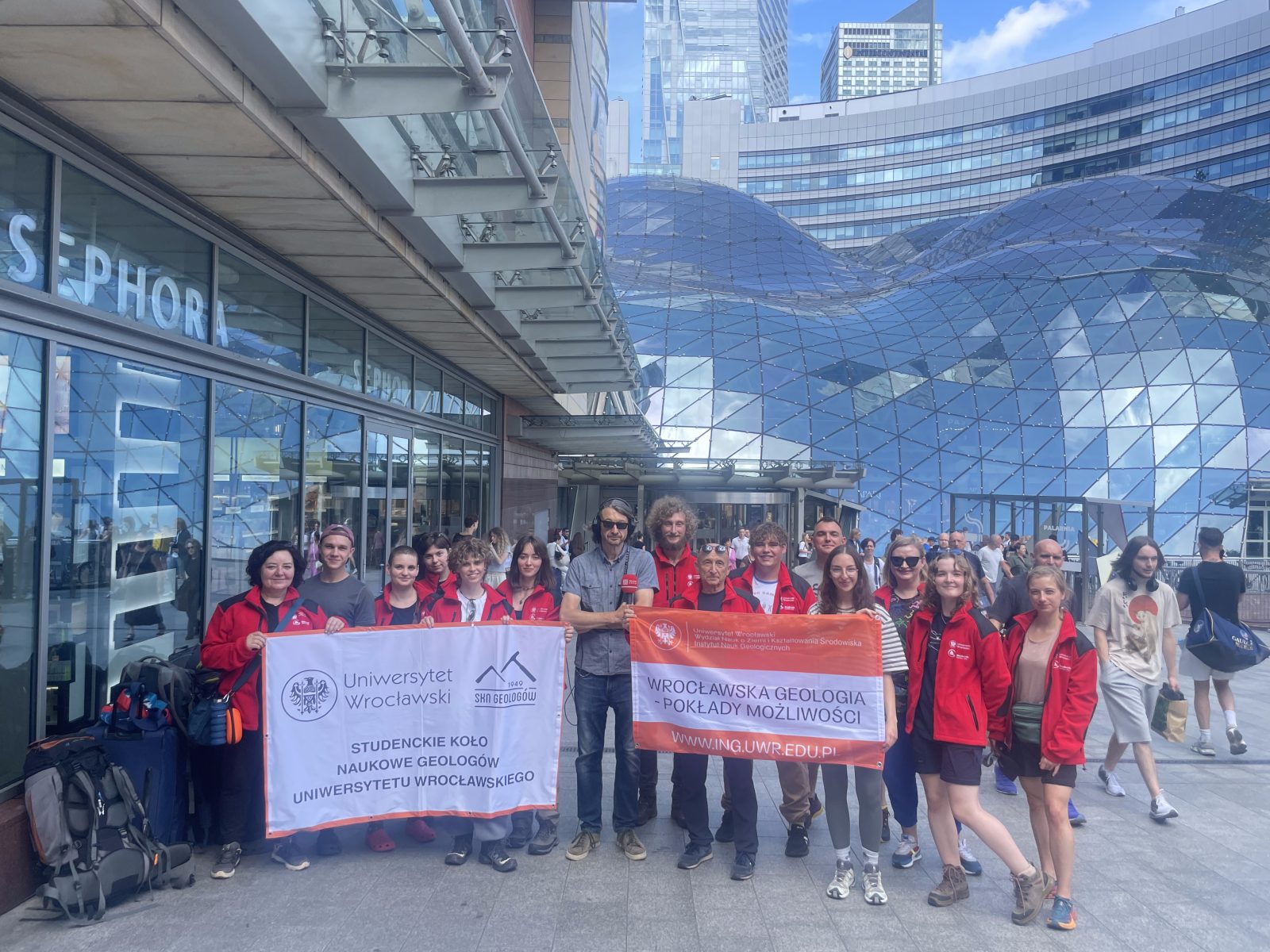
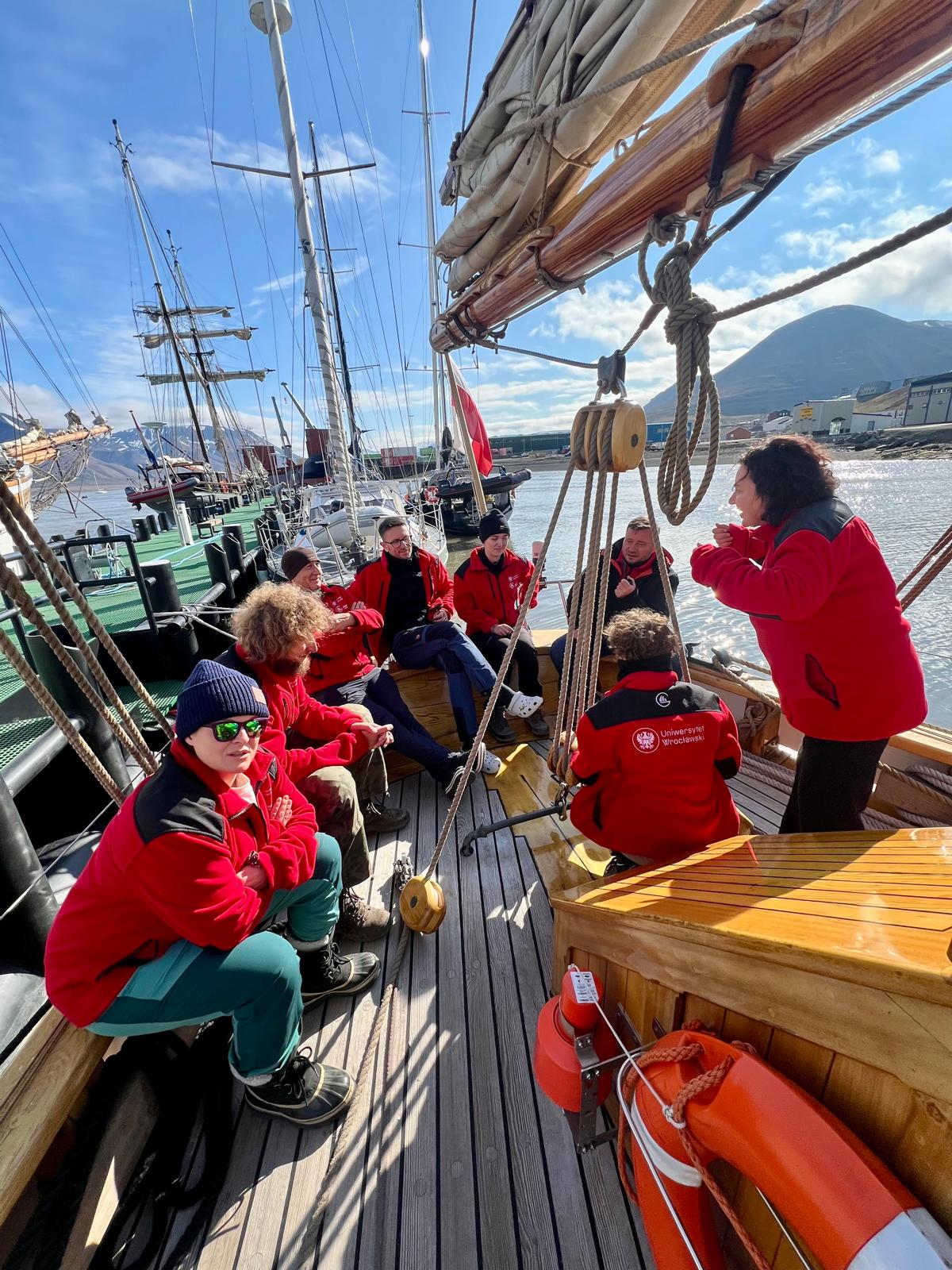

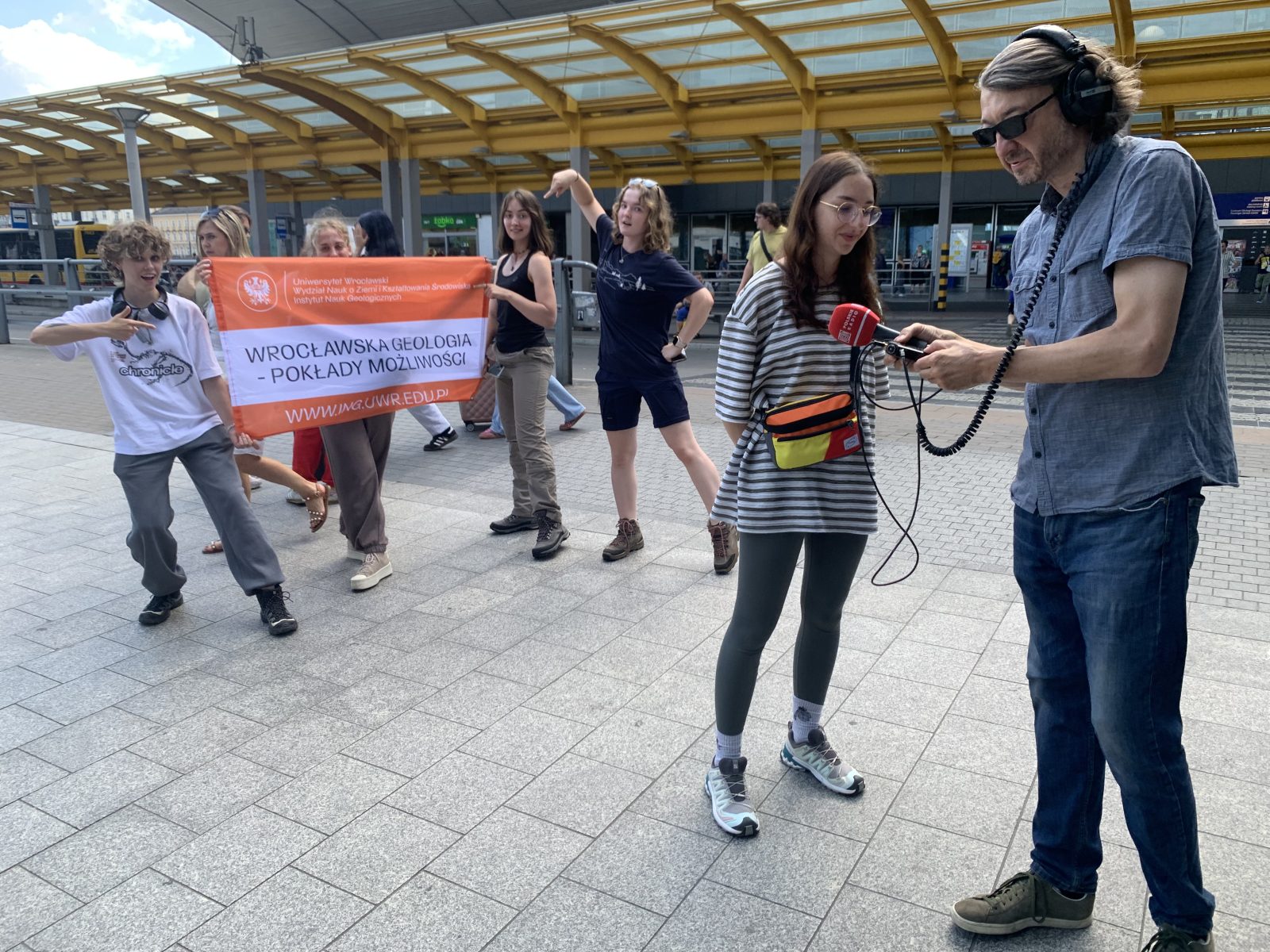
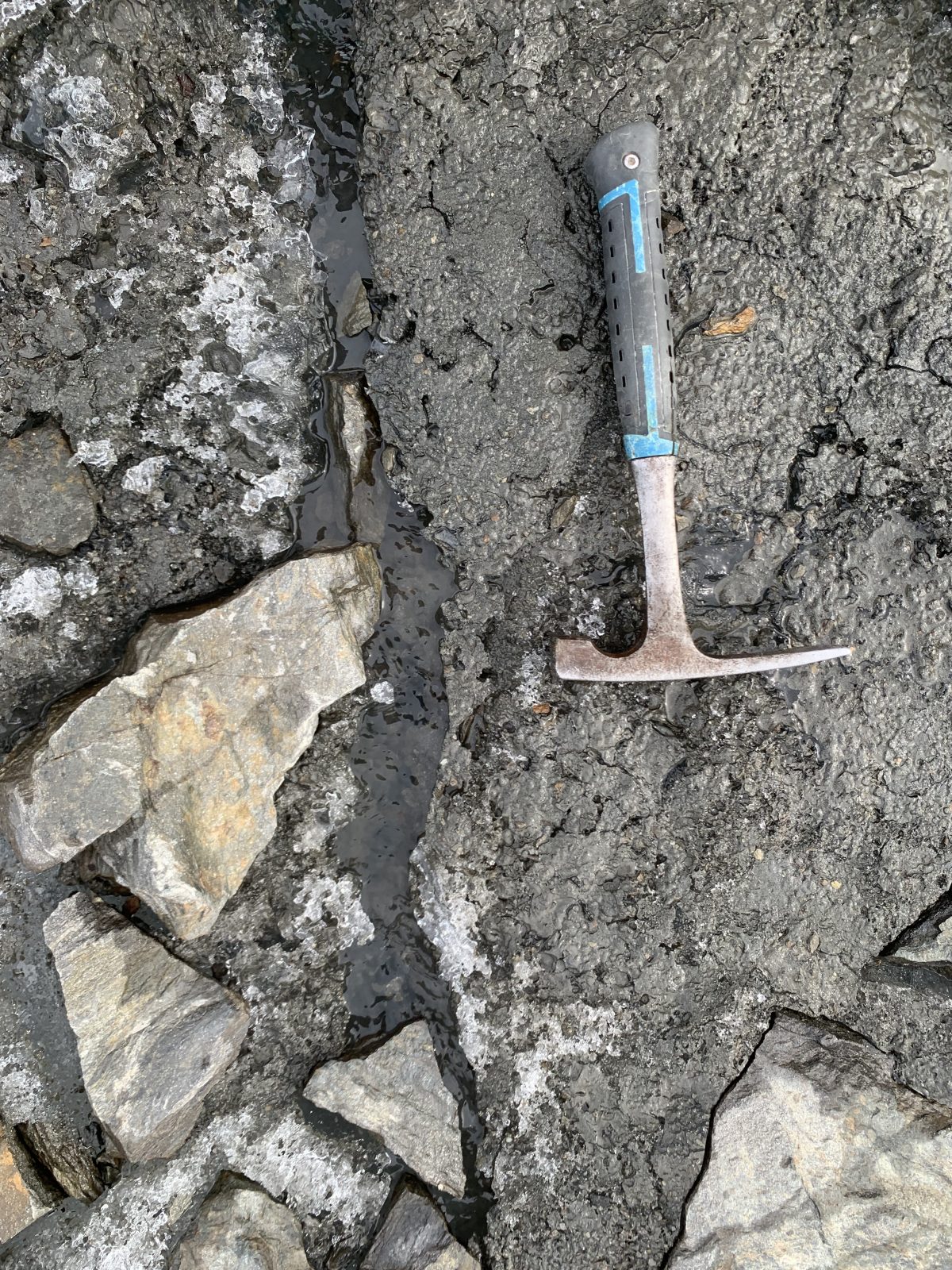
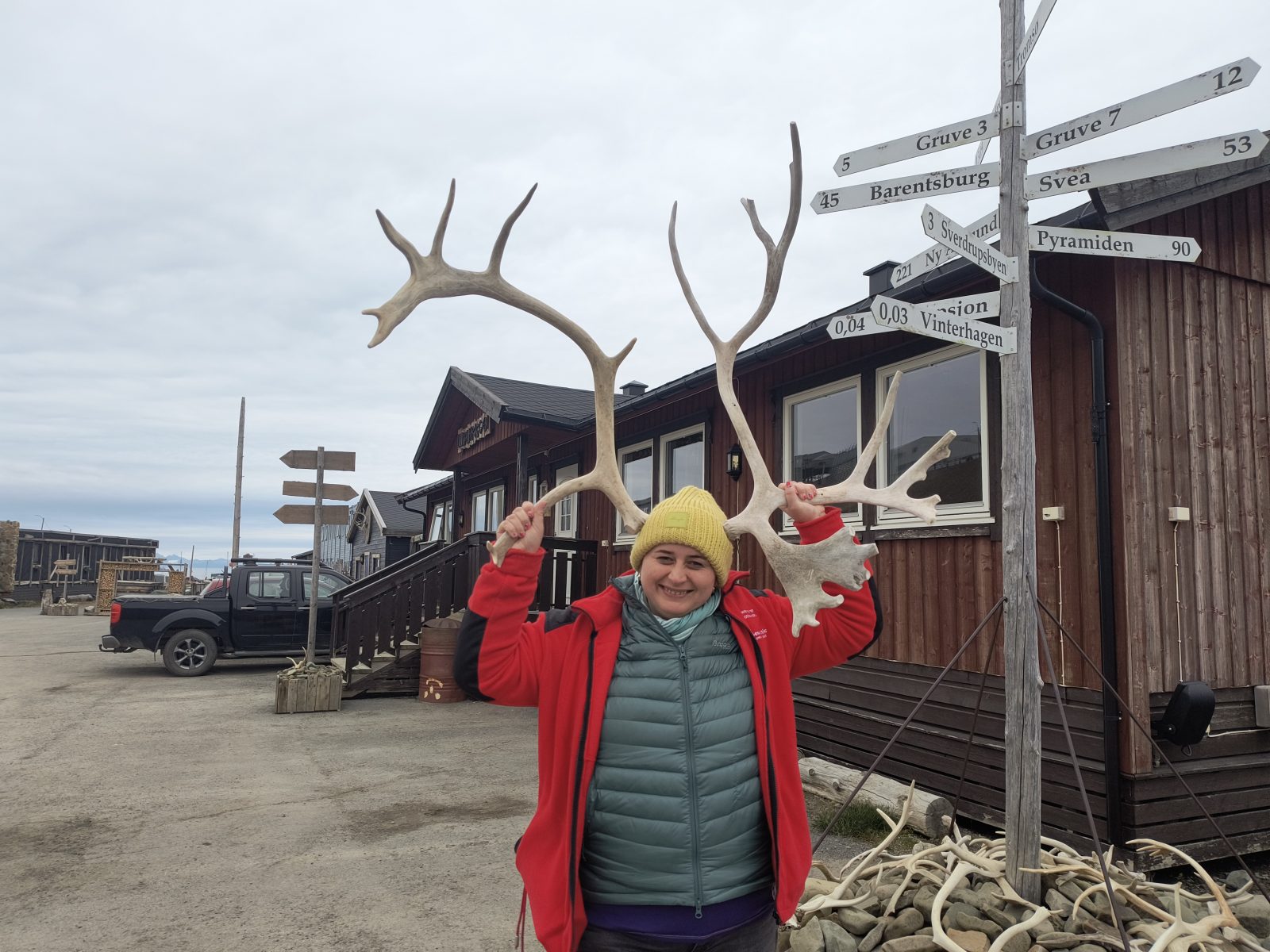
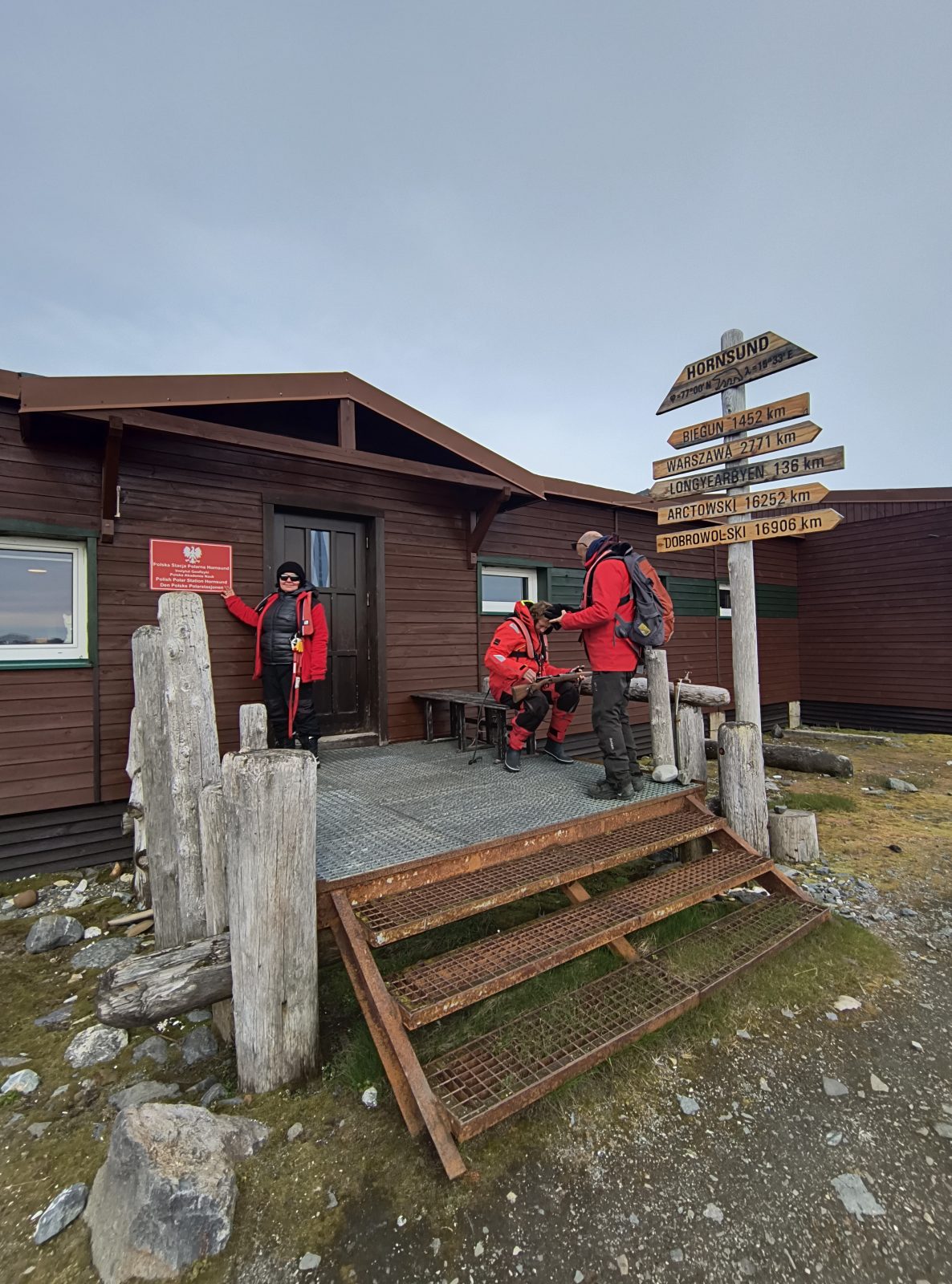
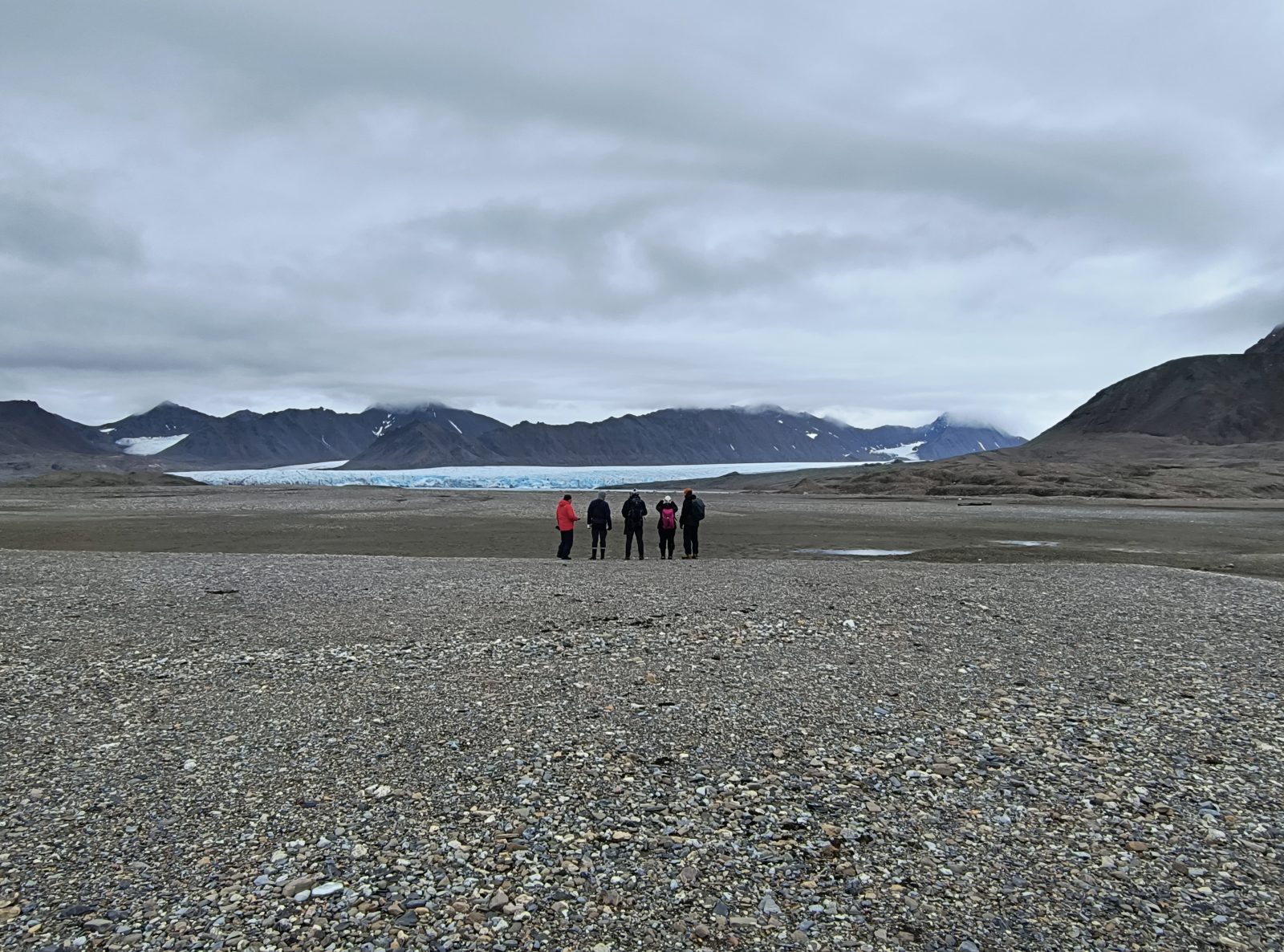
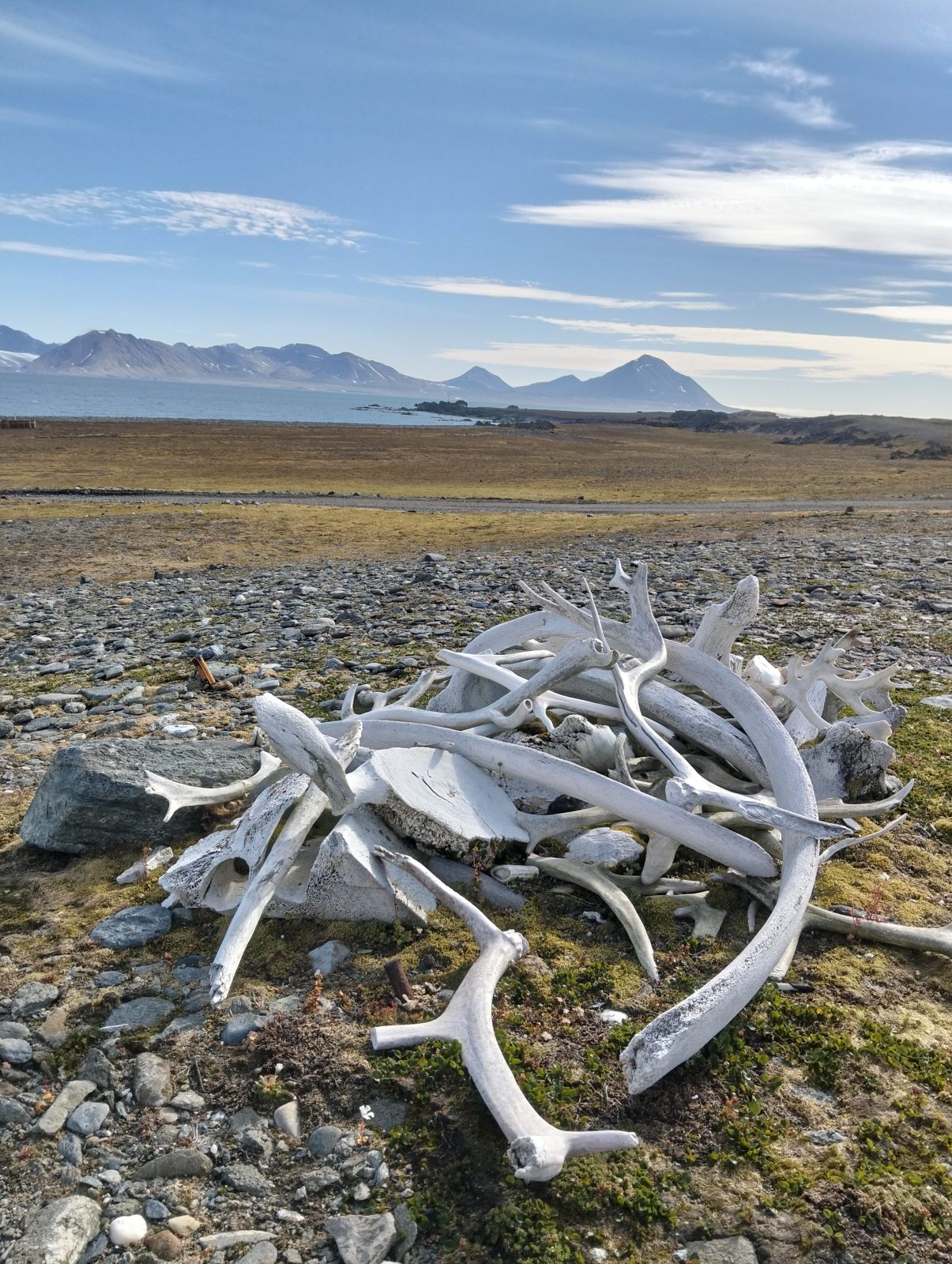
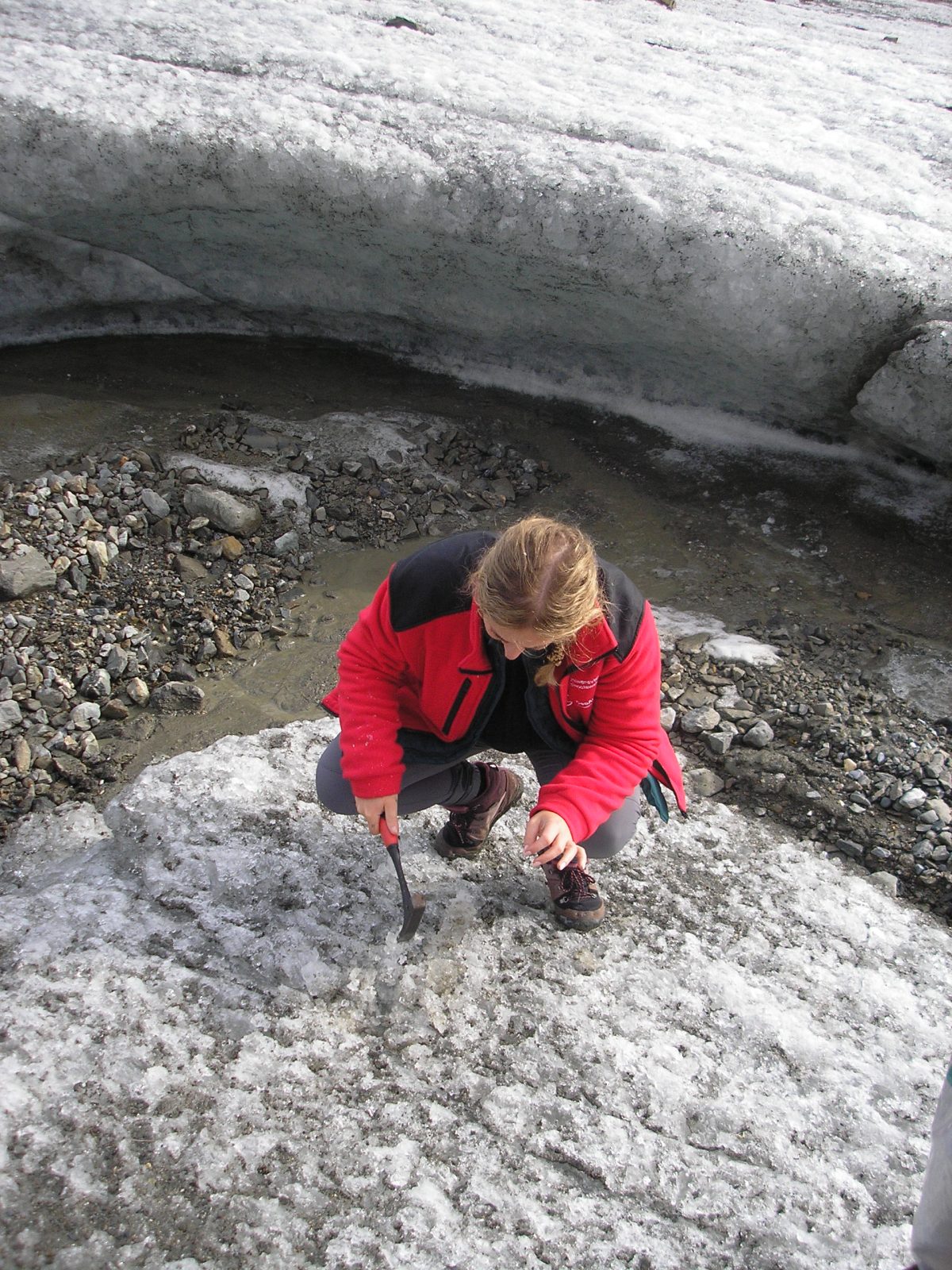
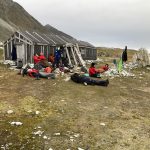
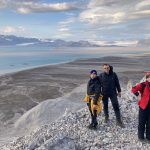
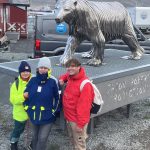
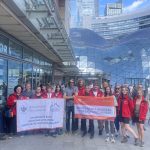


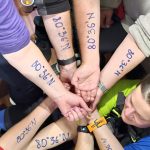
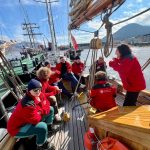

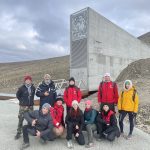
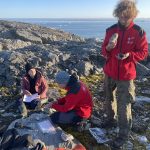
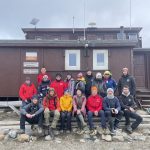
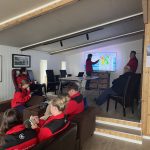
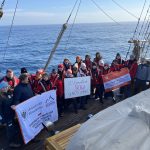

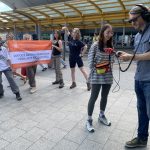
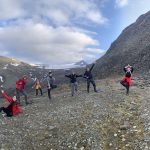
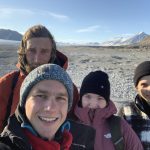
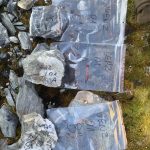
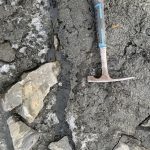
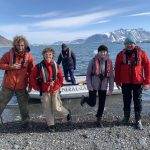
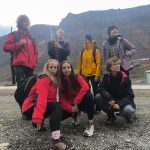
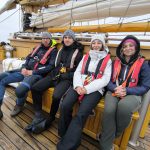
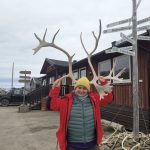
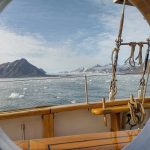
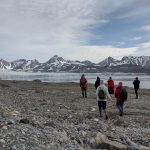
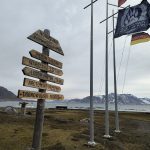
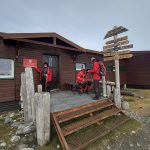
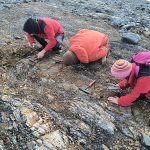
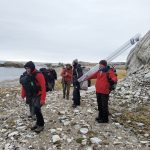
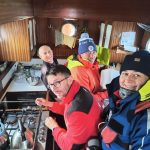
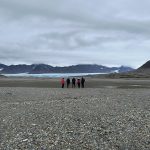
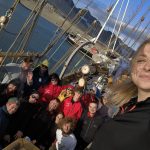
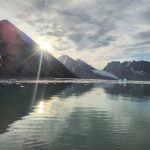
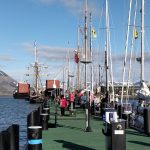
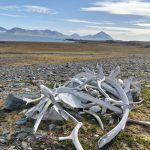
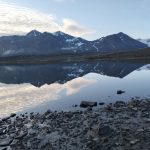
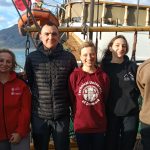


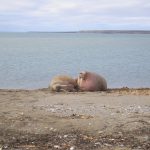
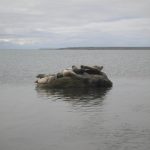
Date of publication: 26.08.2025
Added by: M.K.



